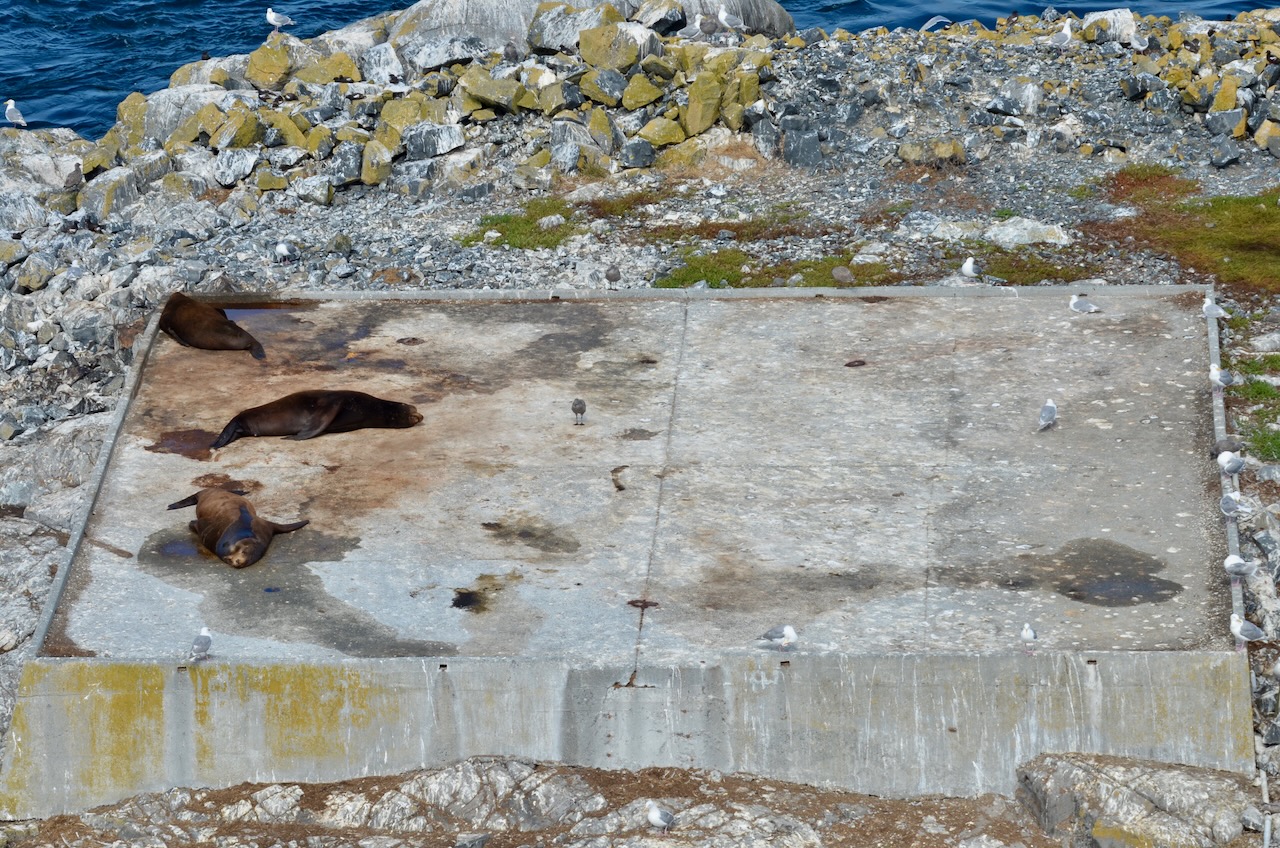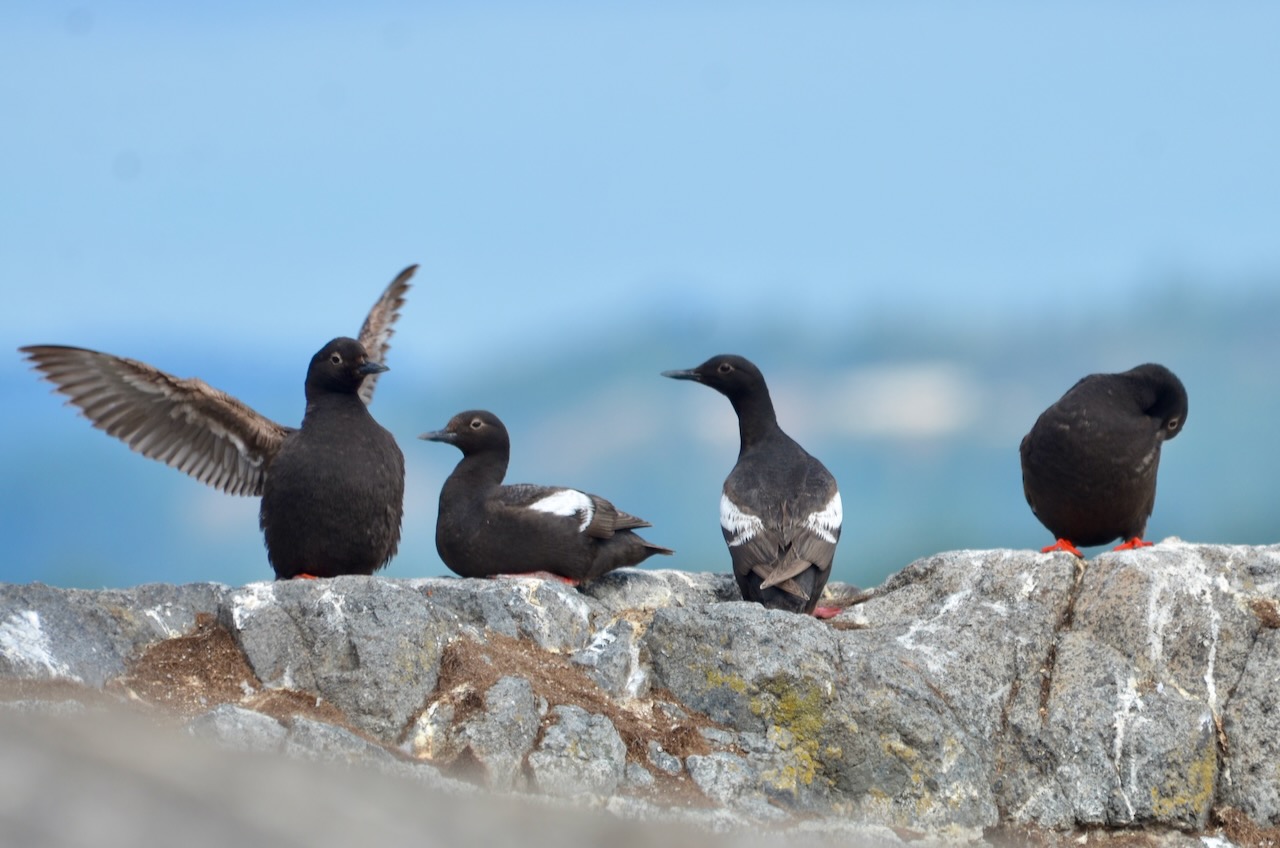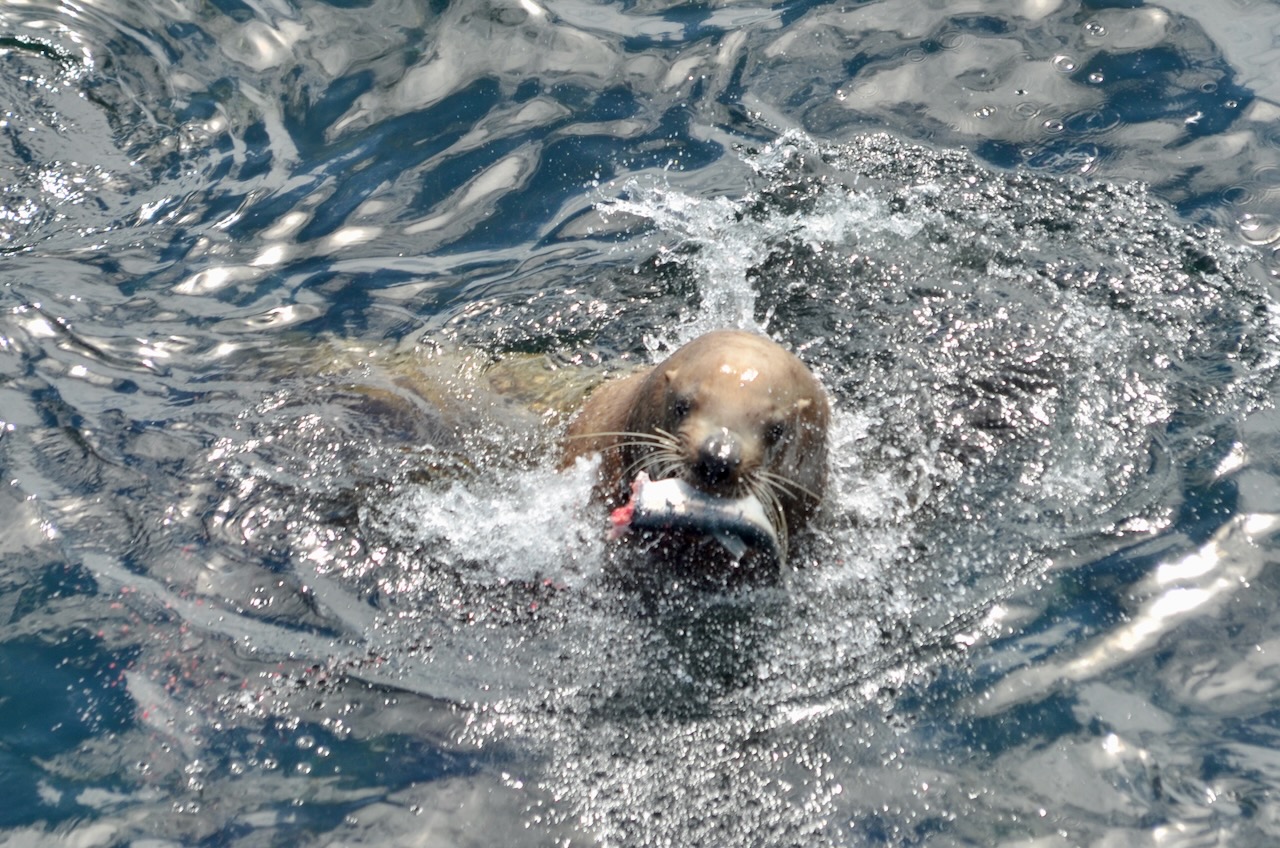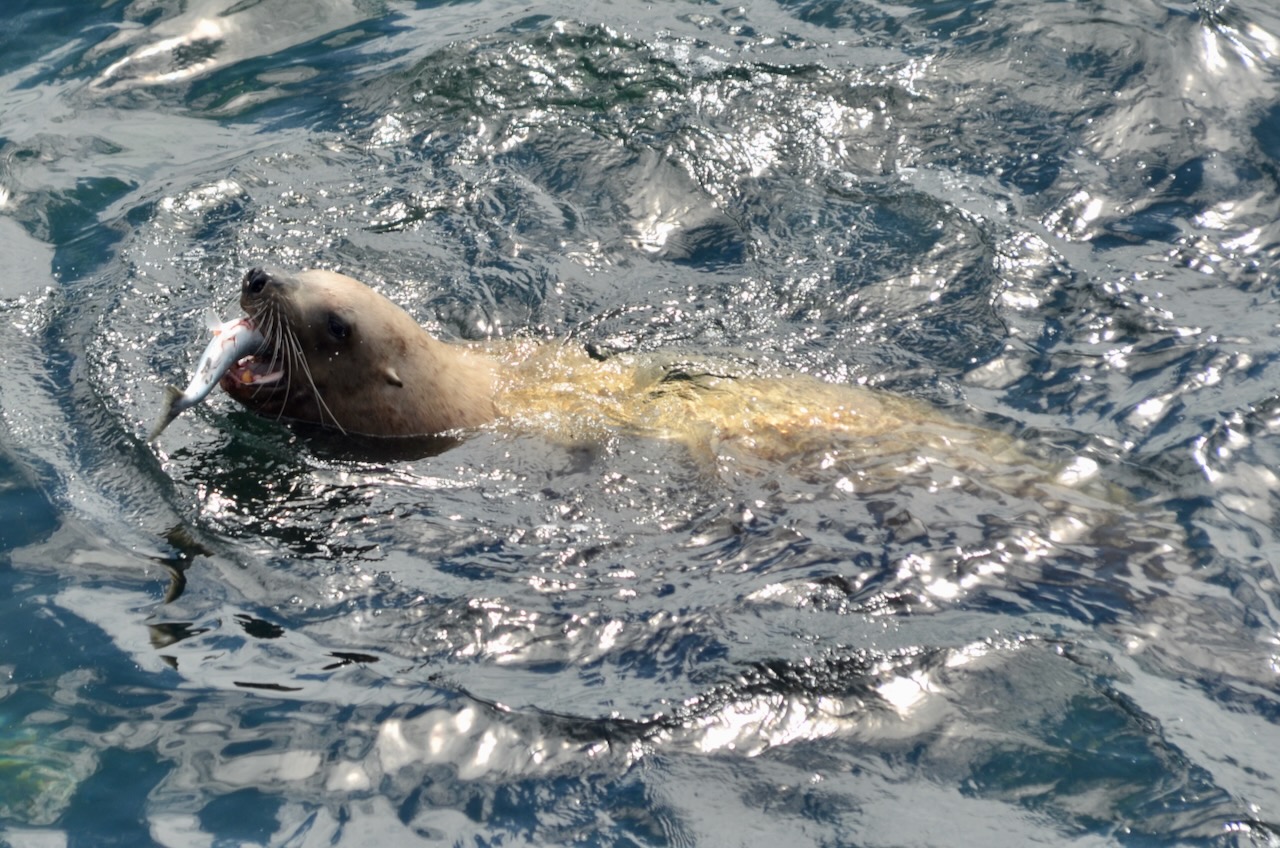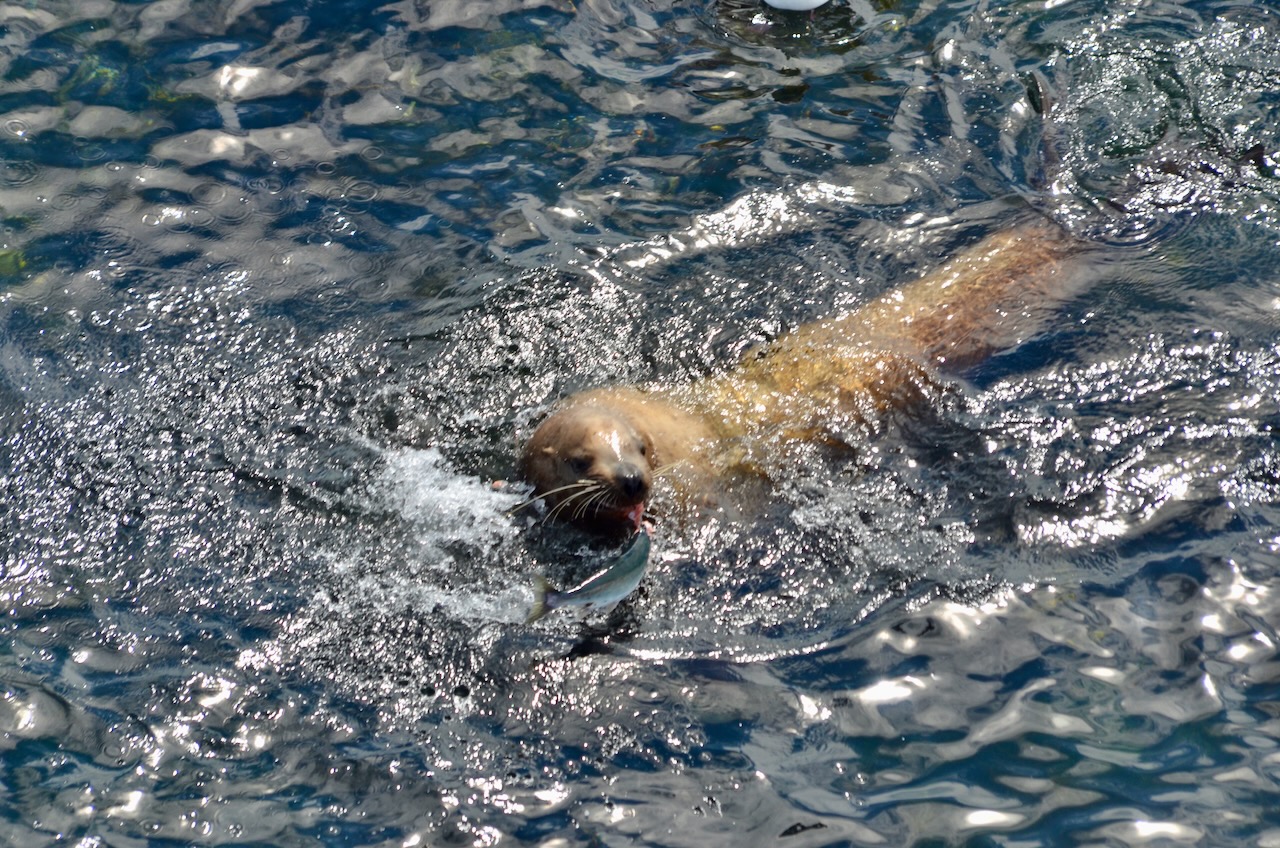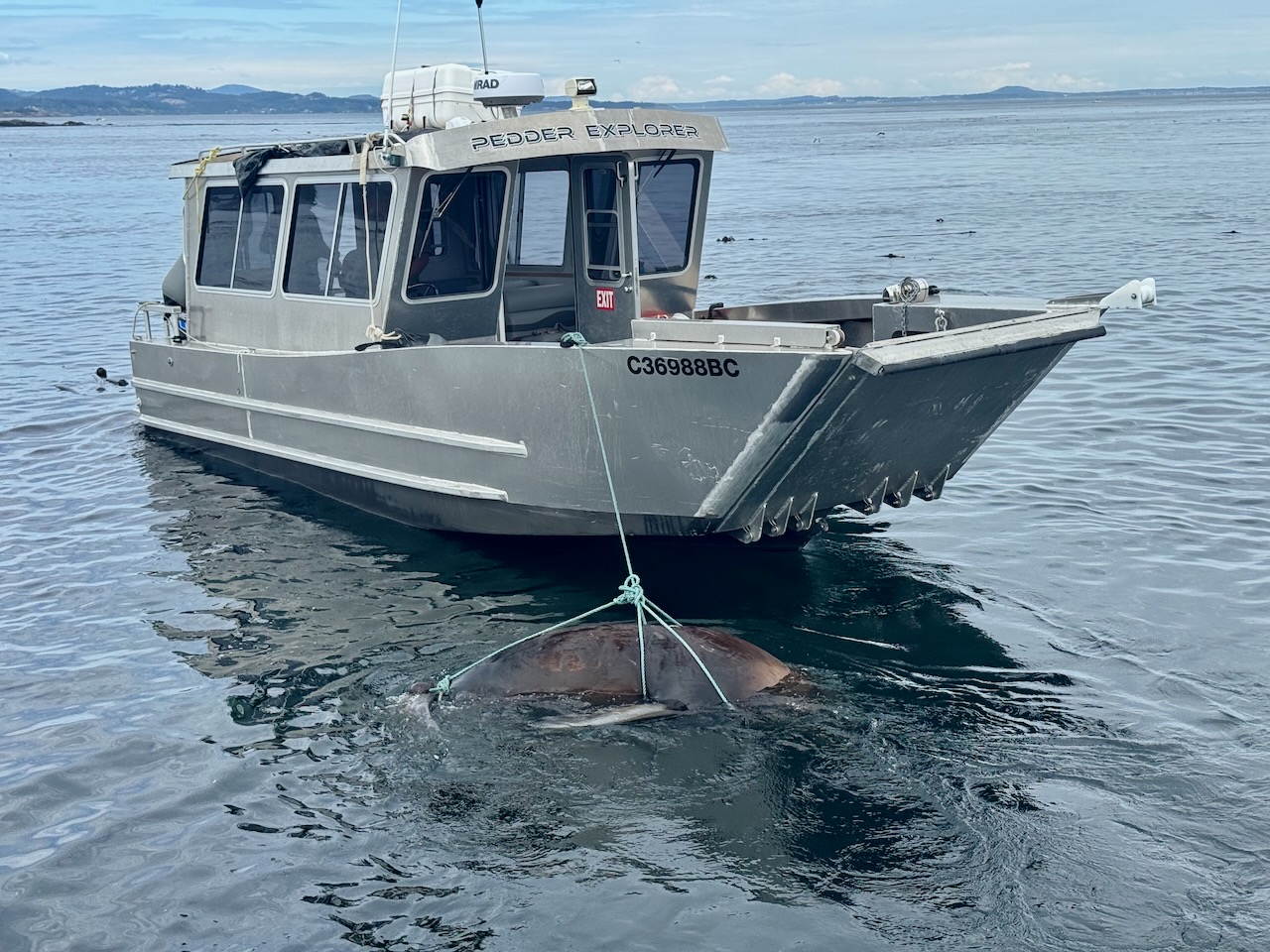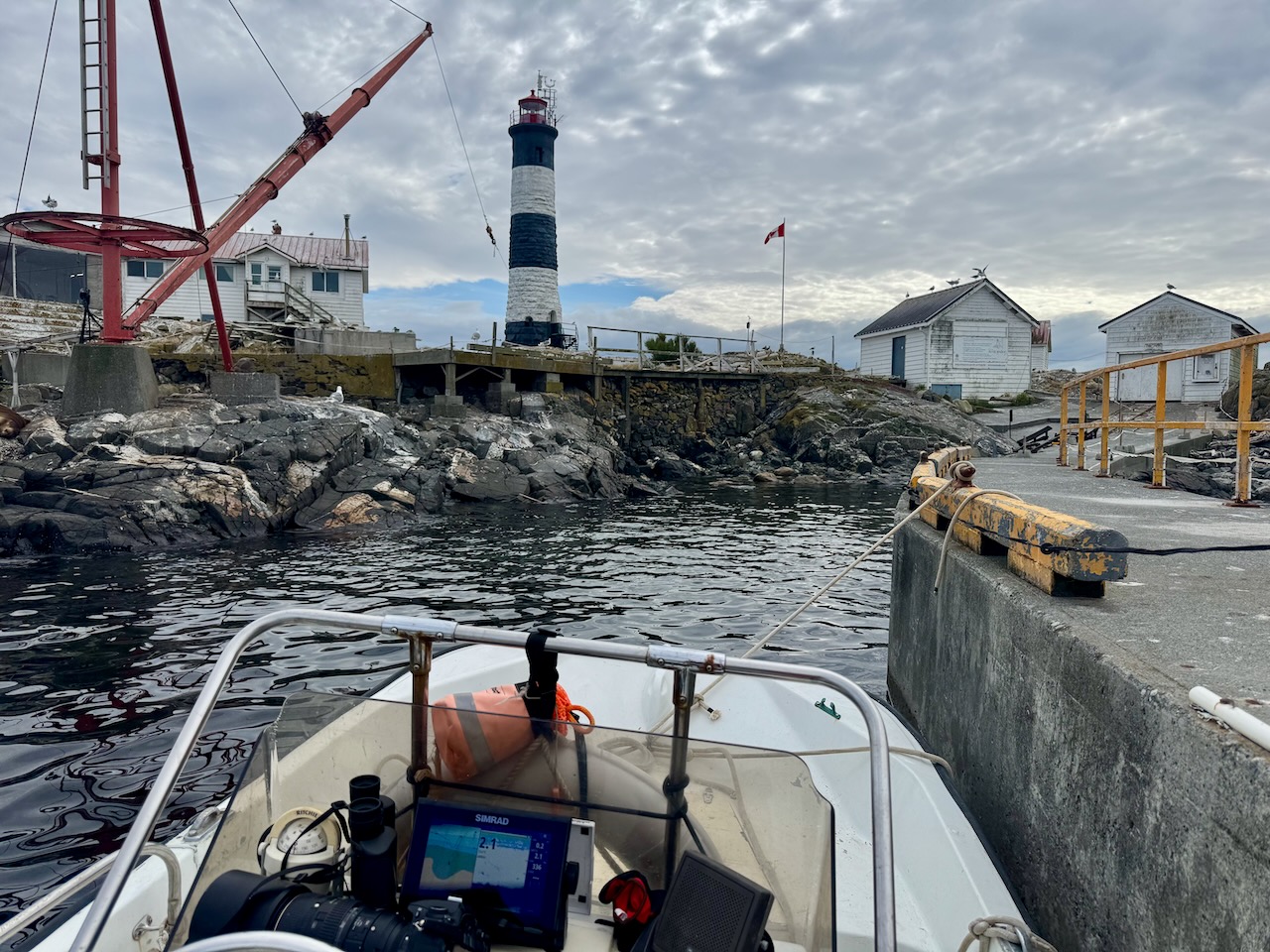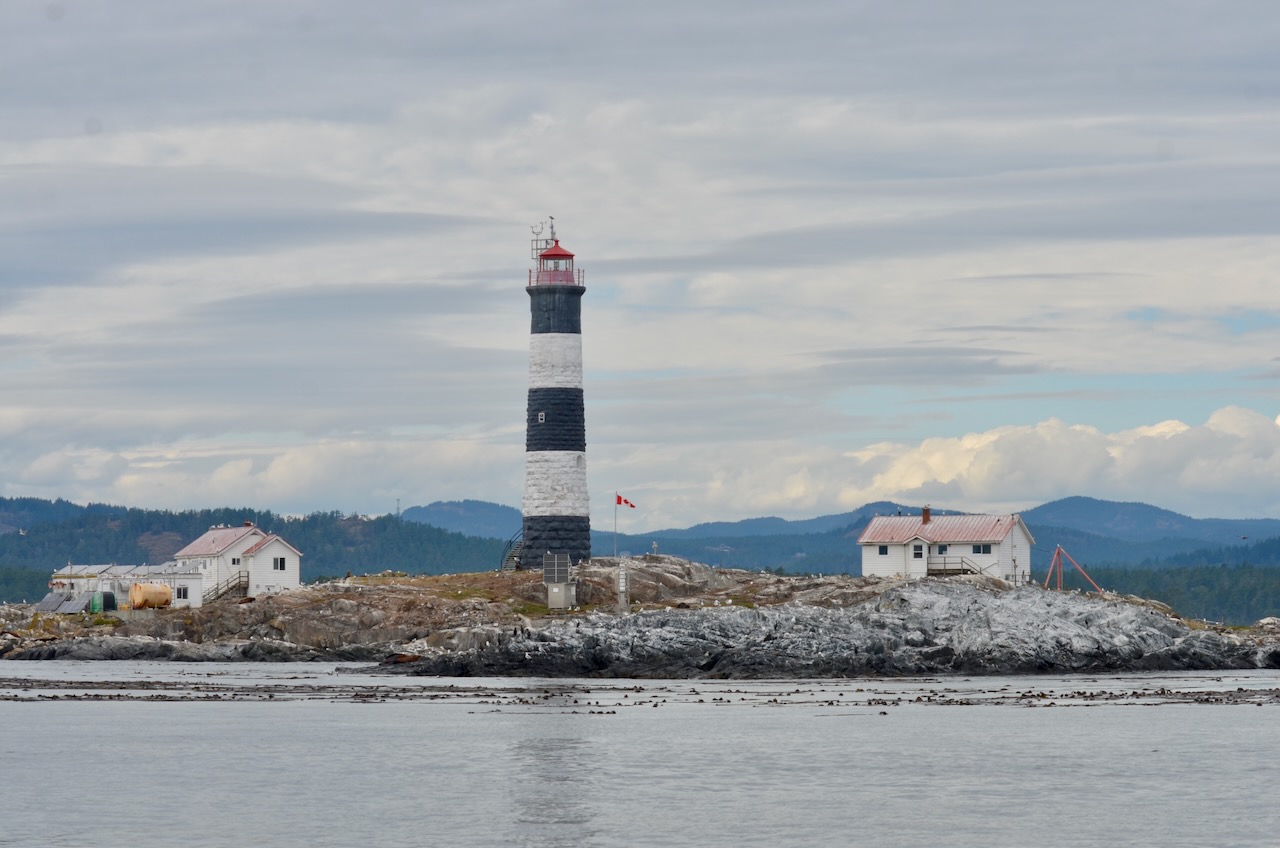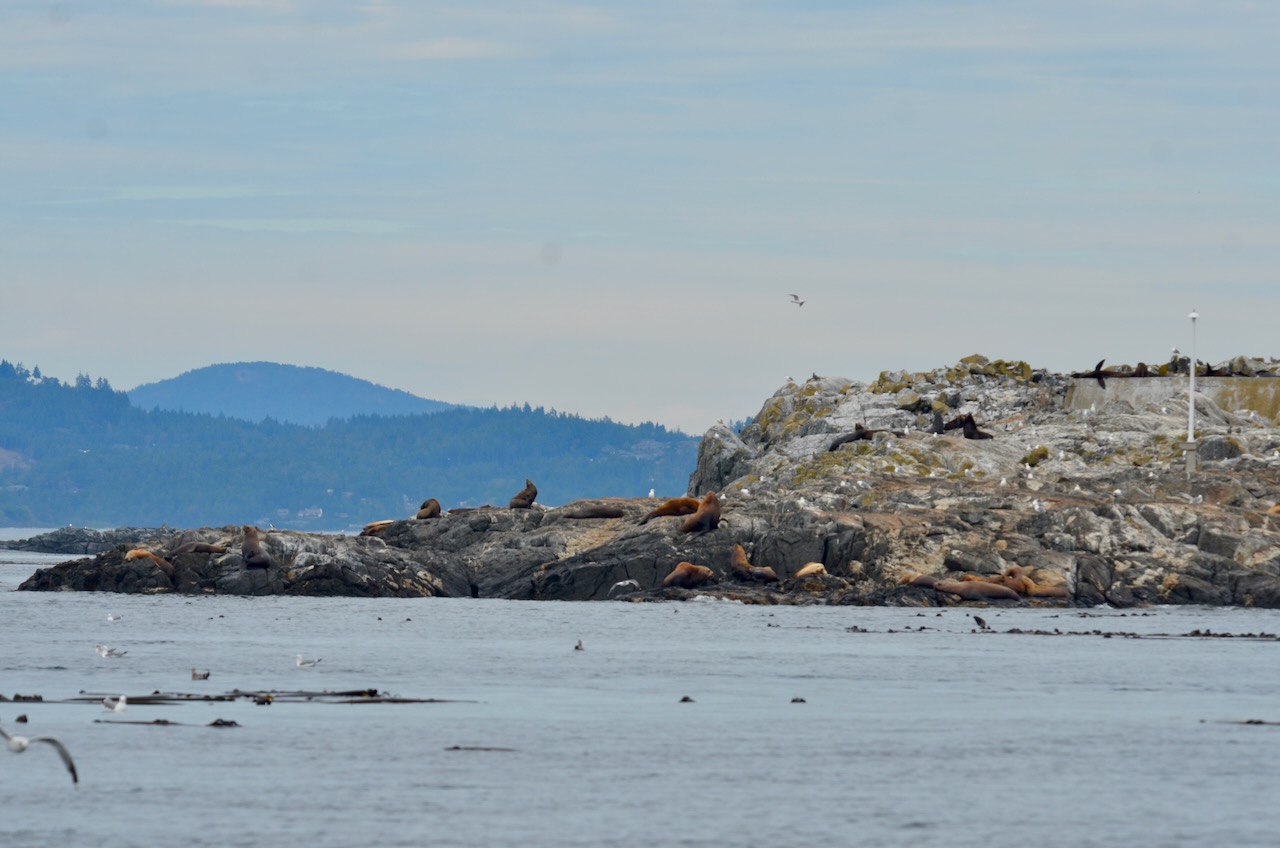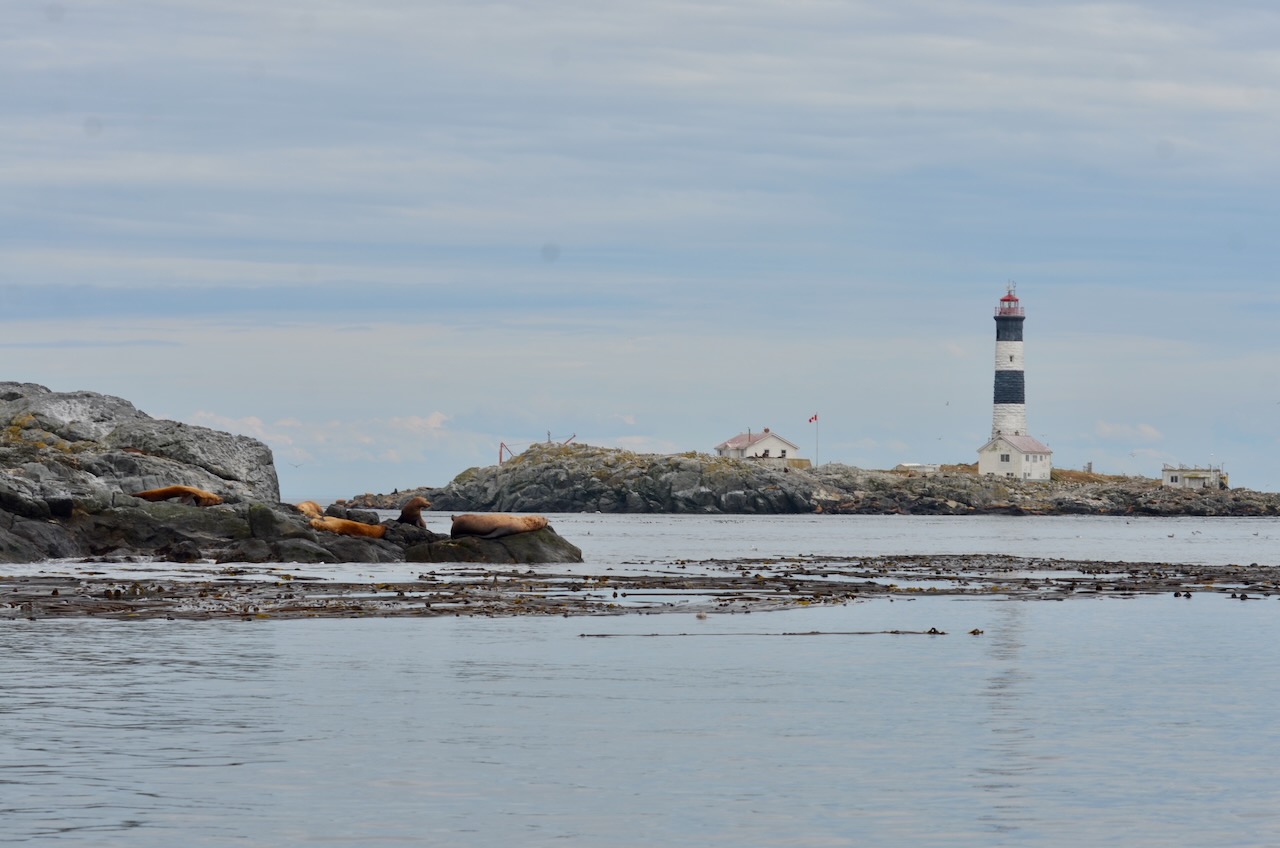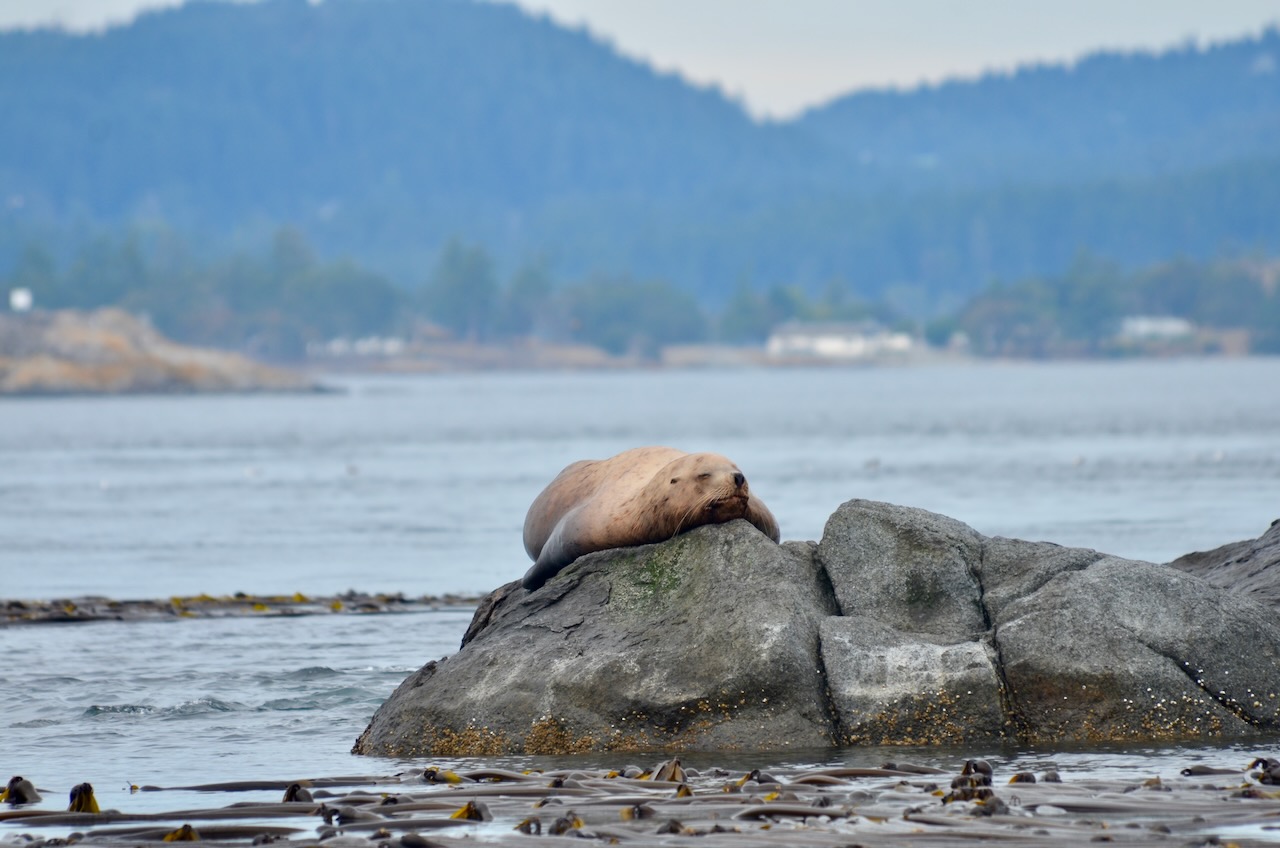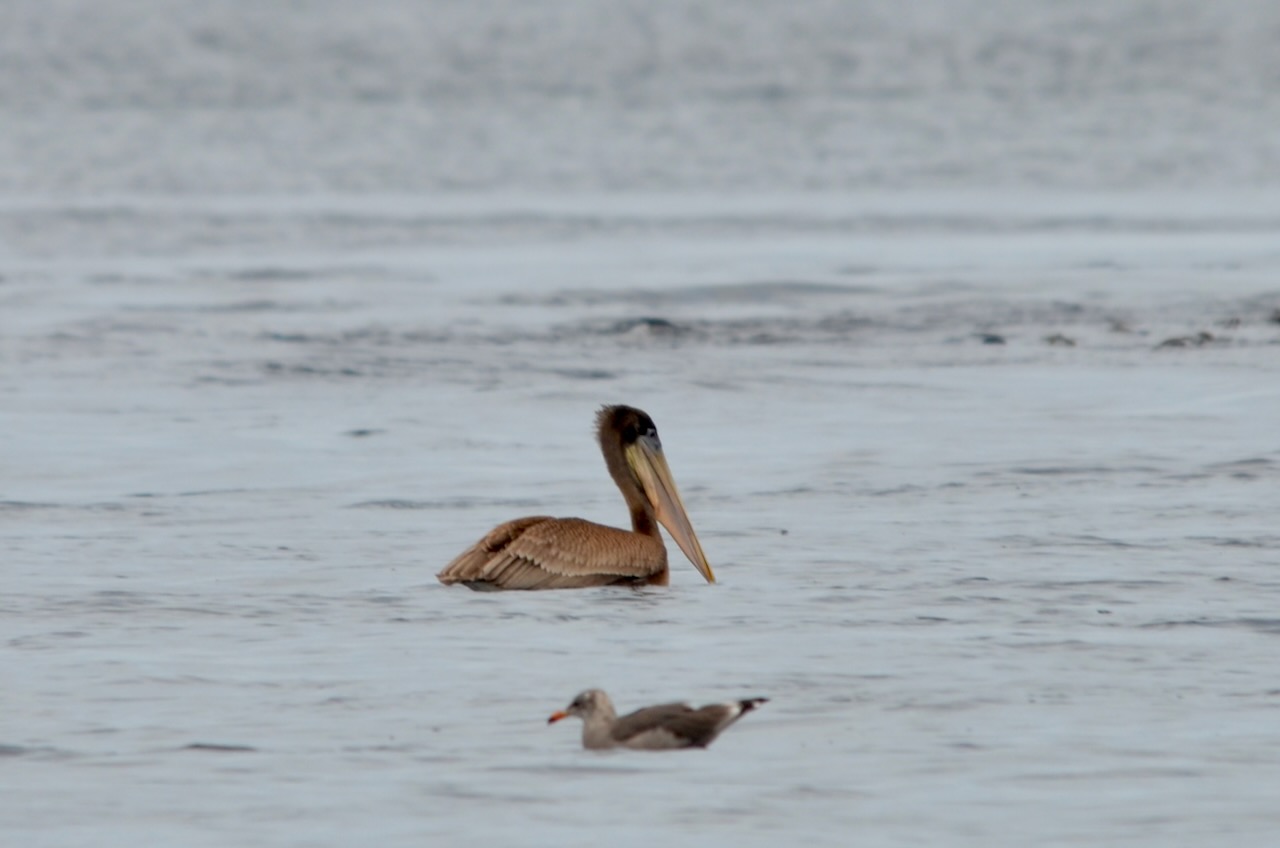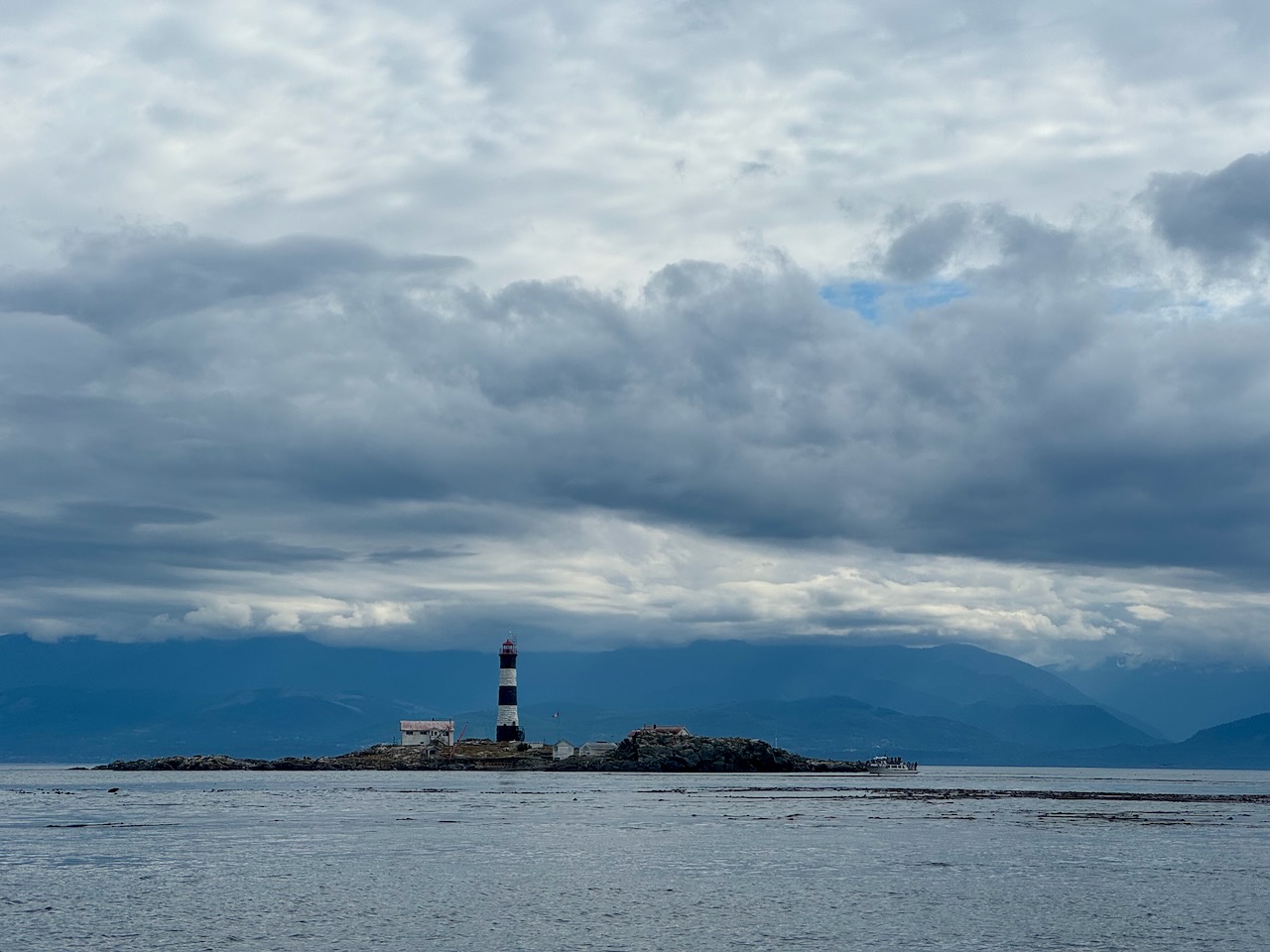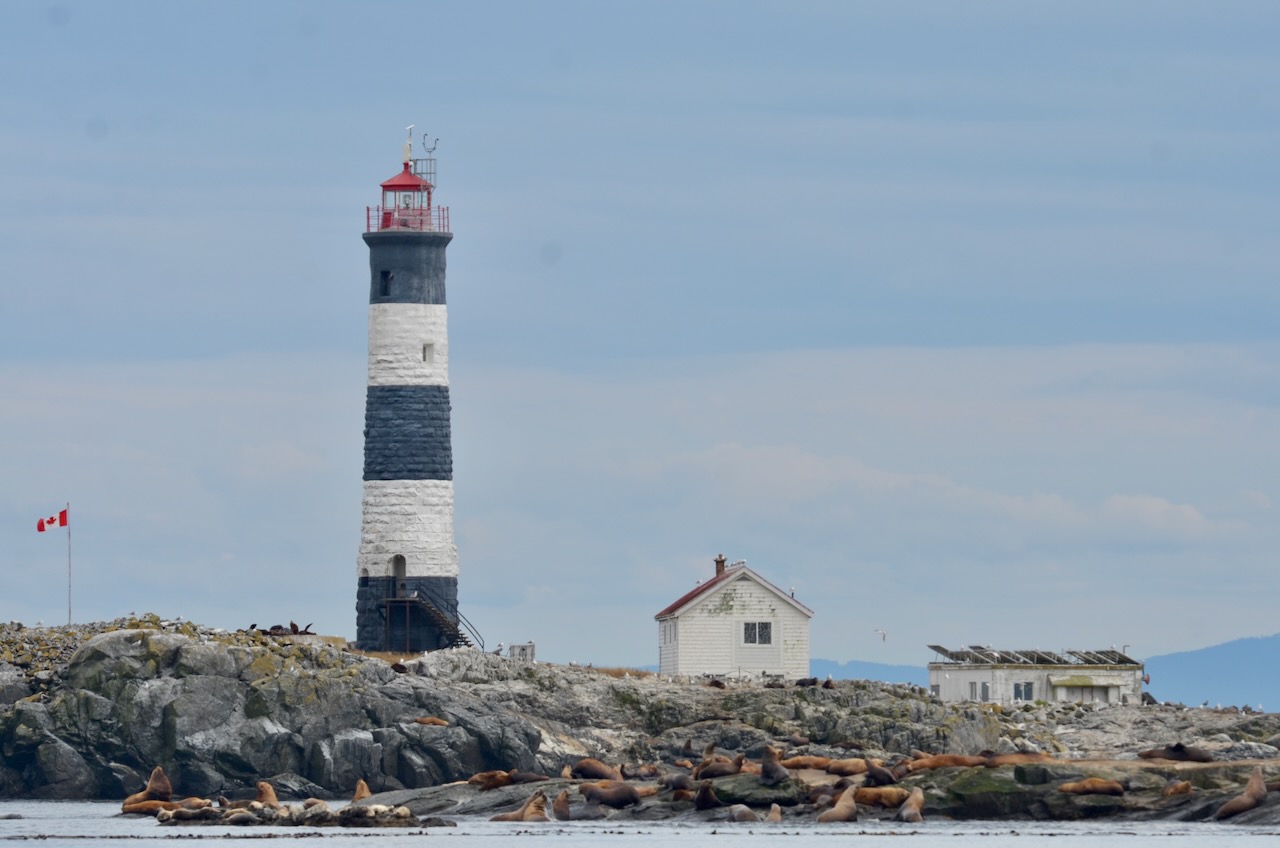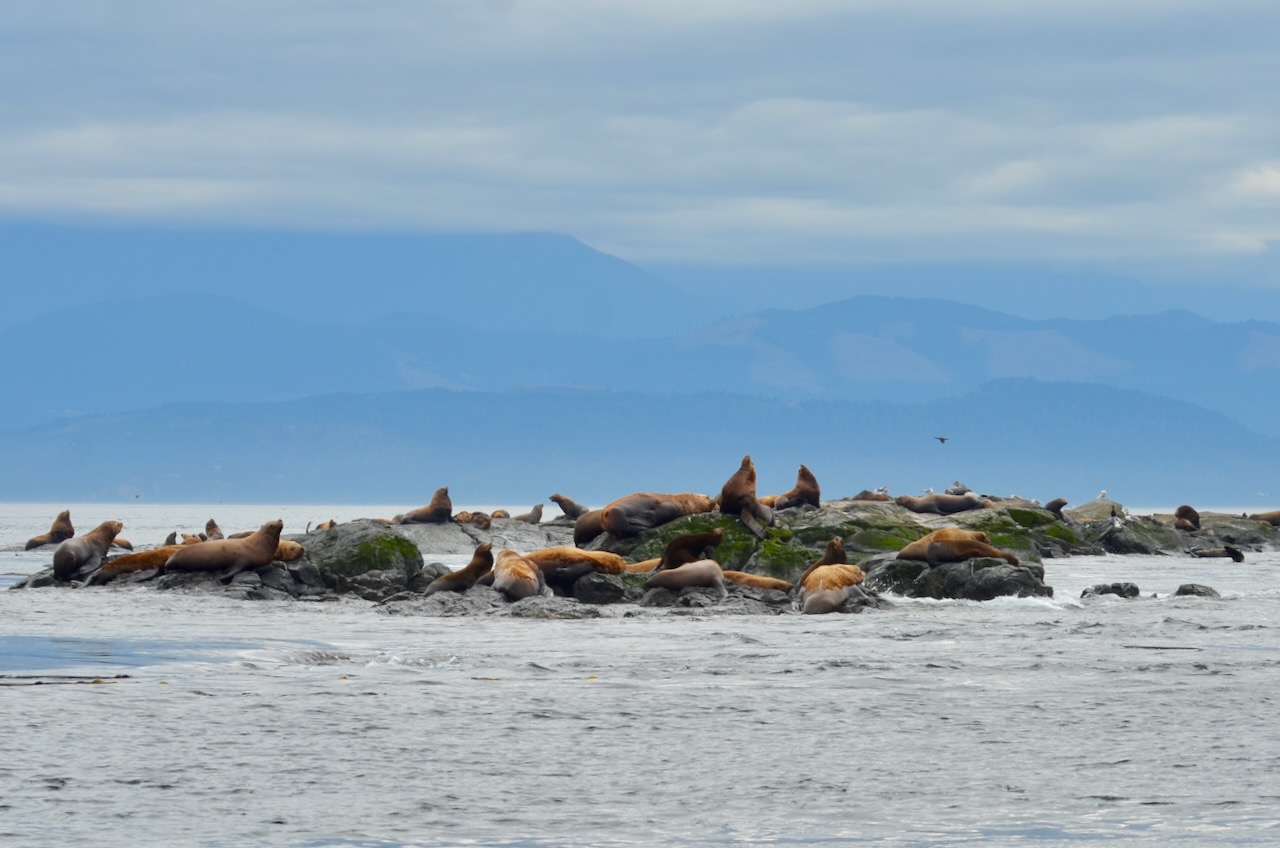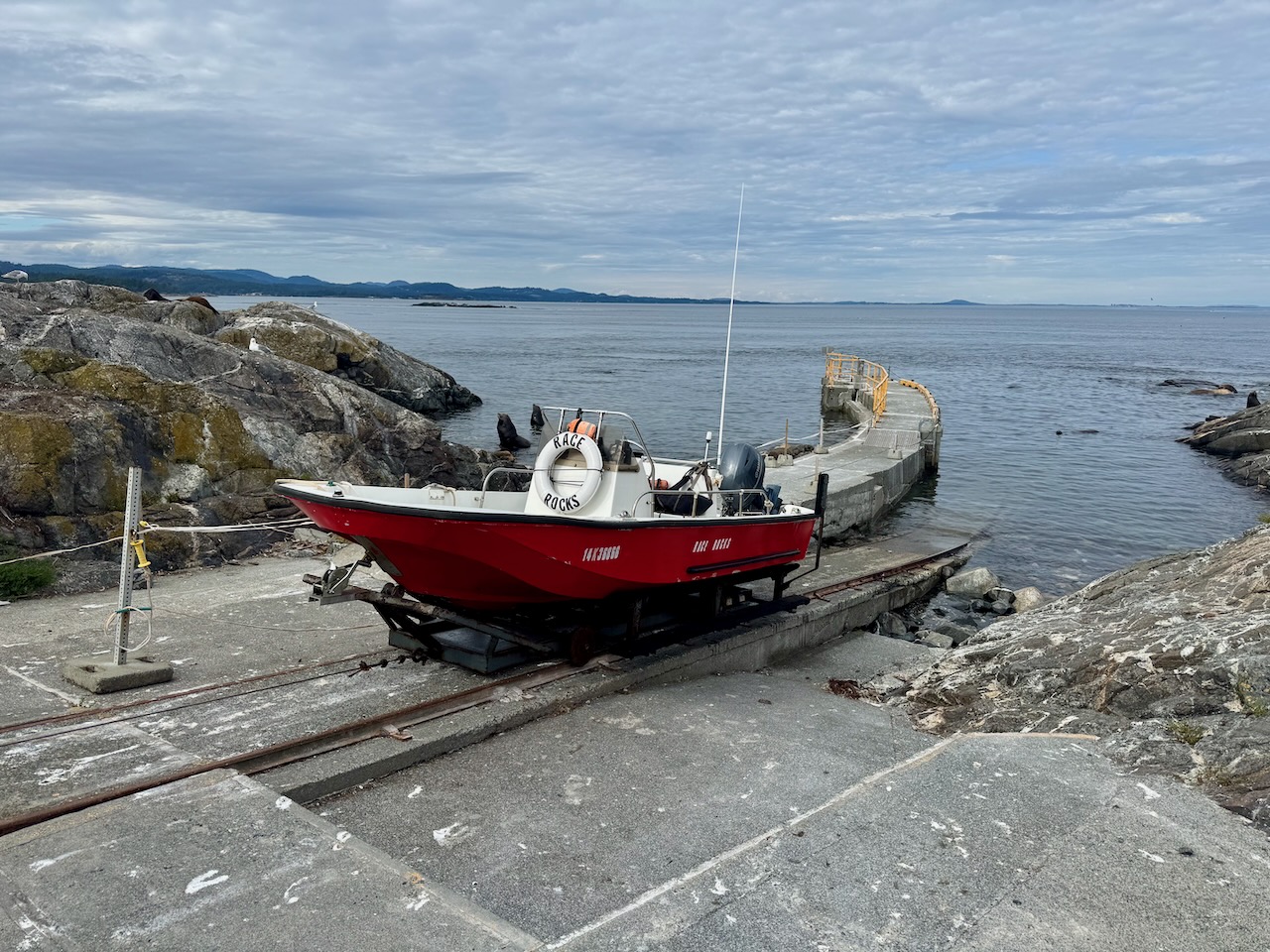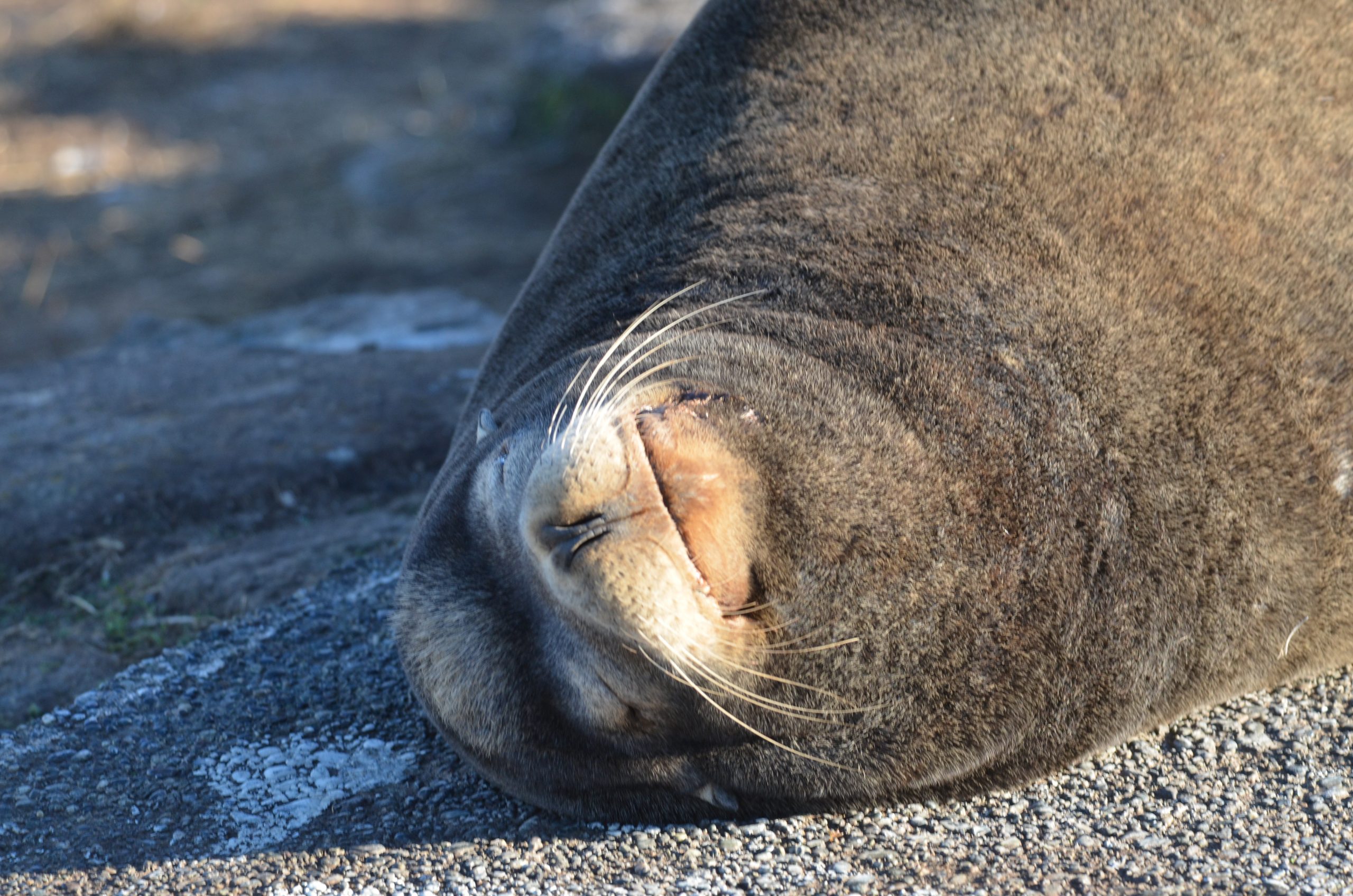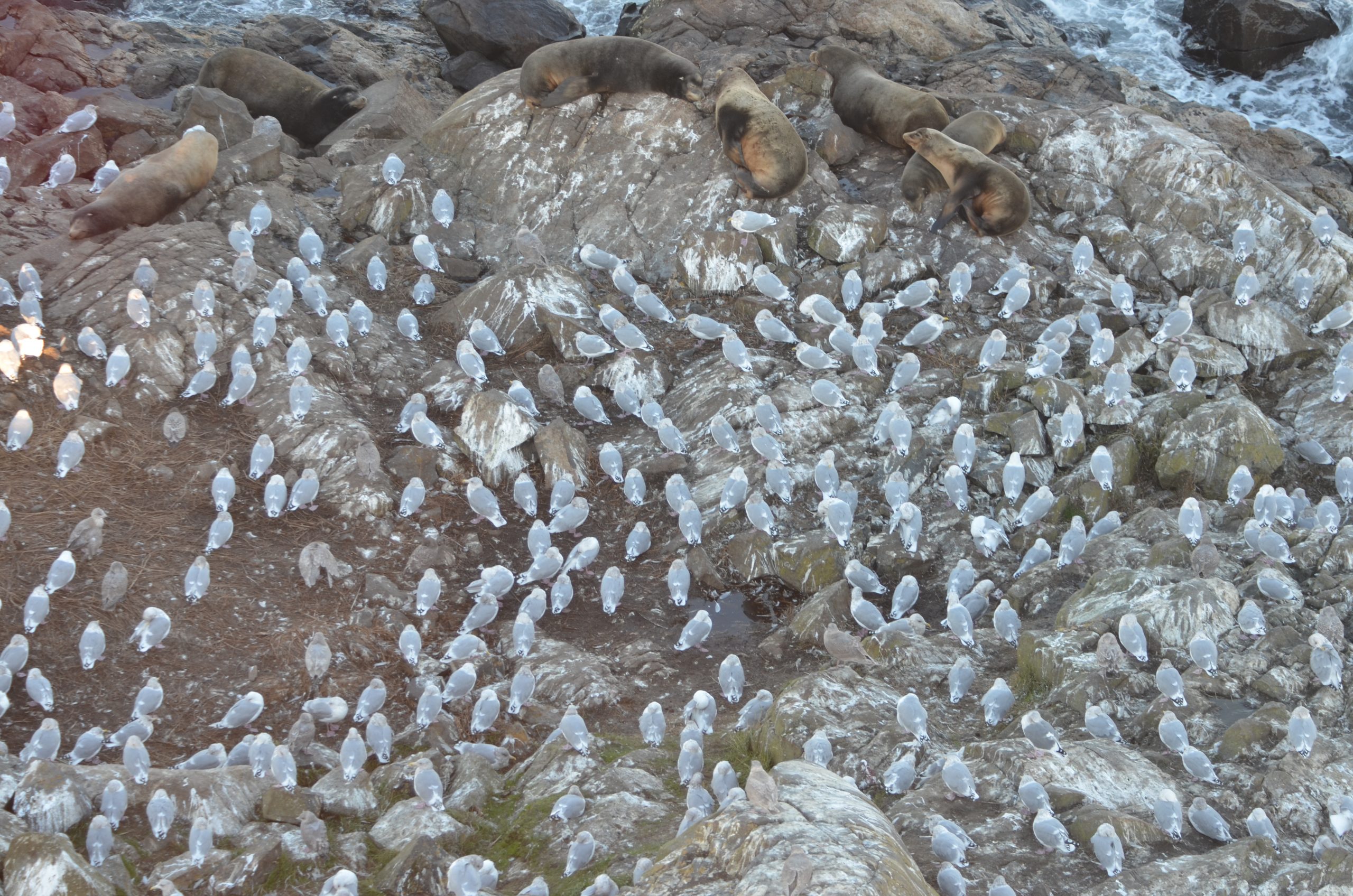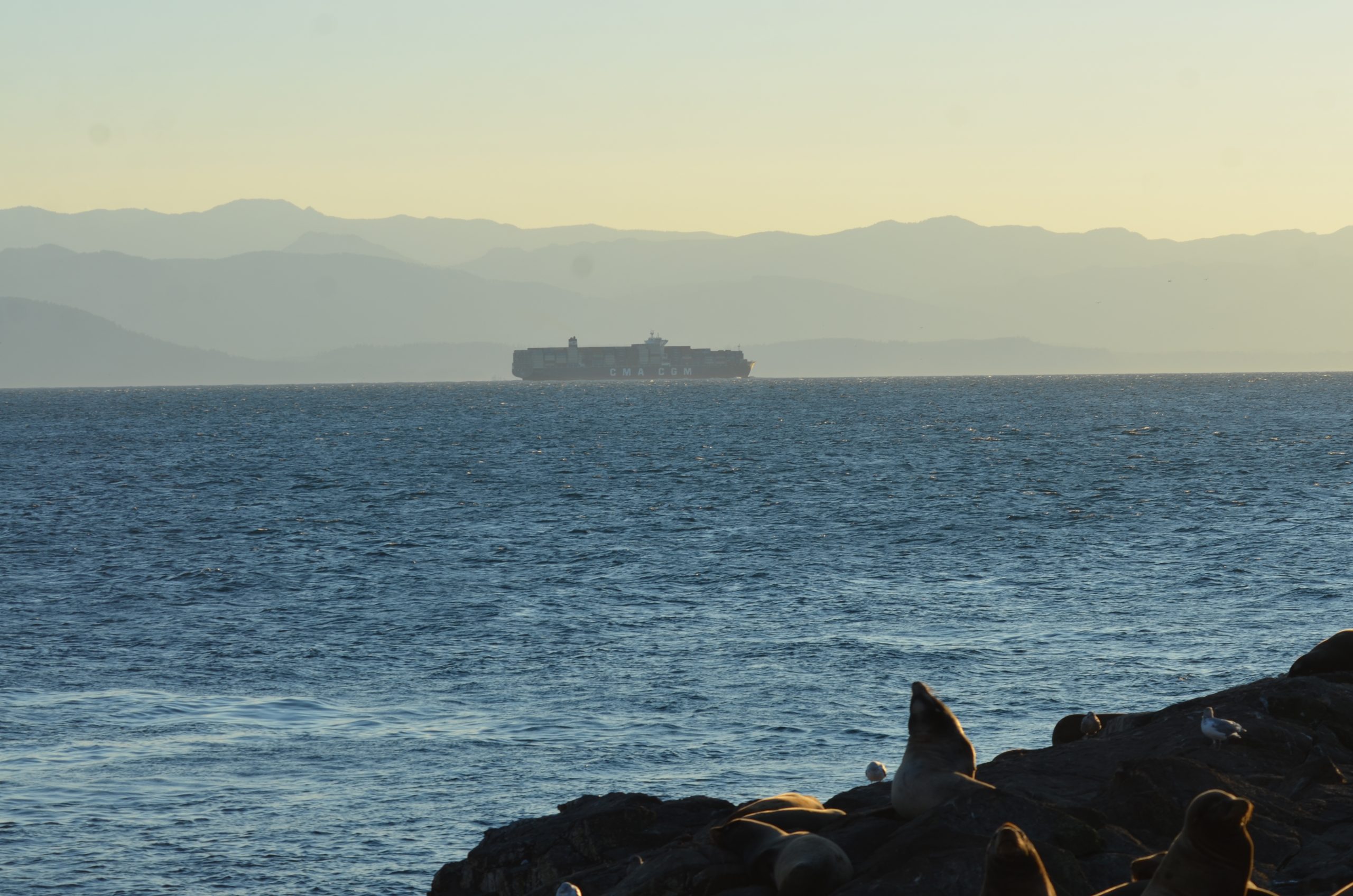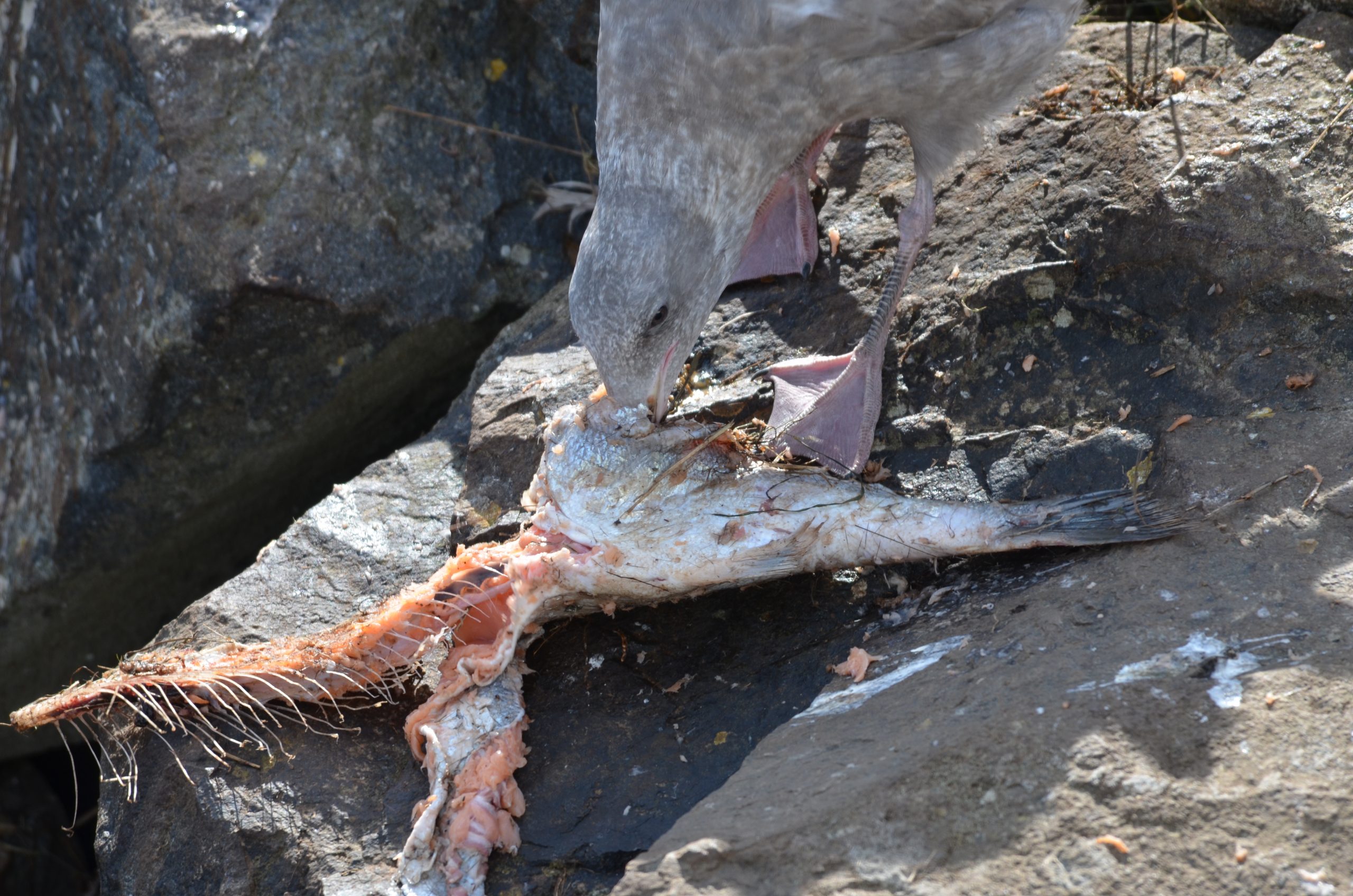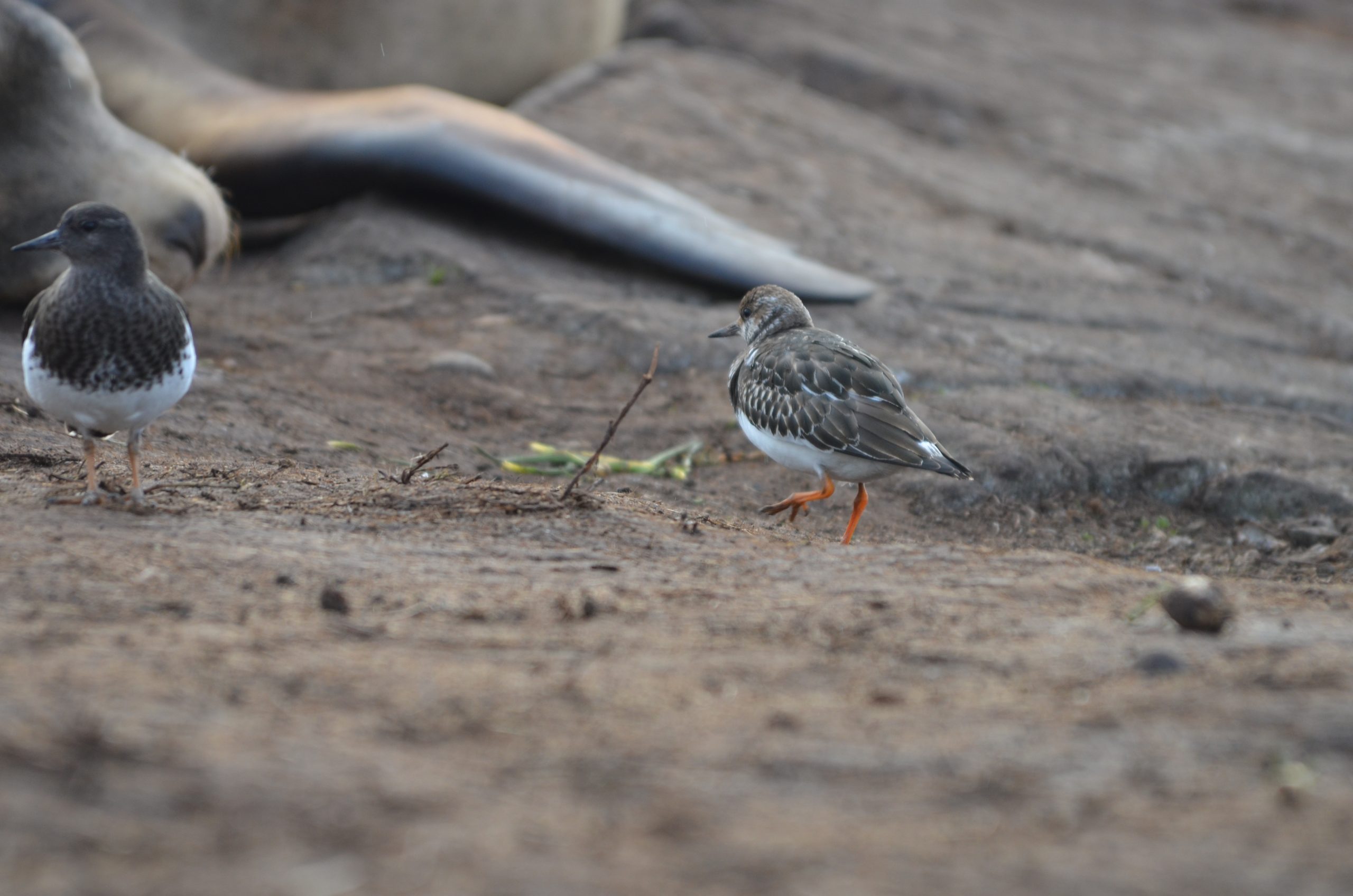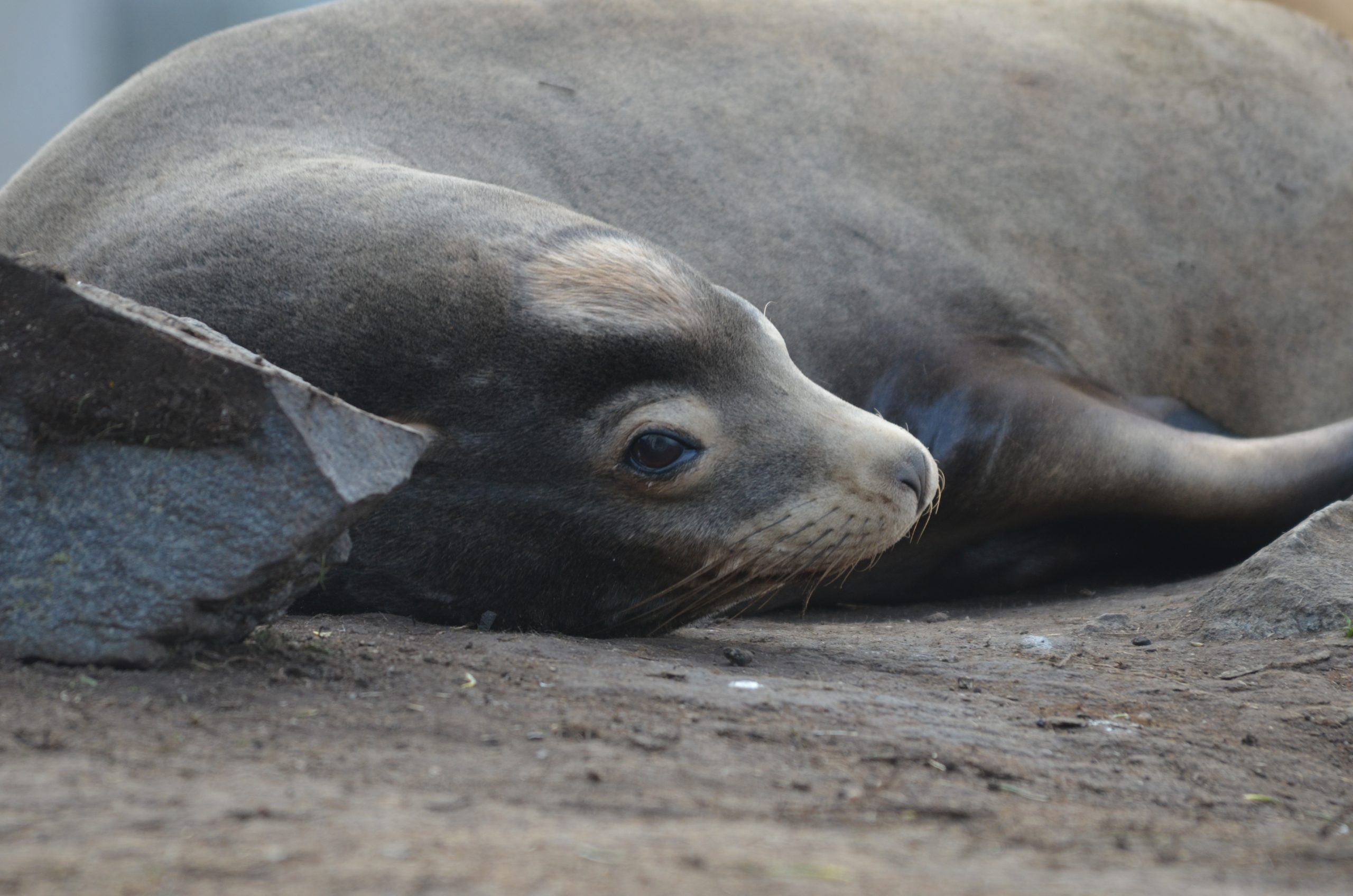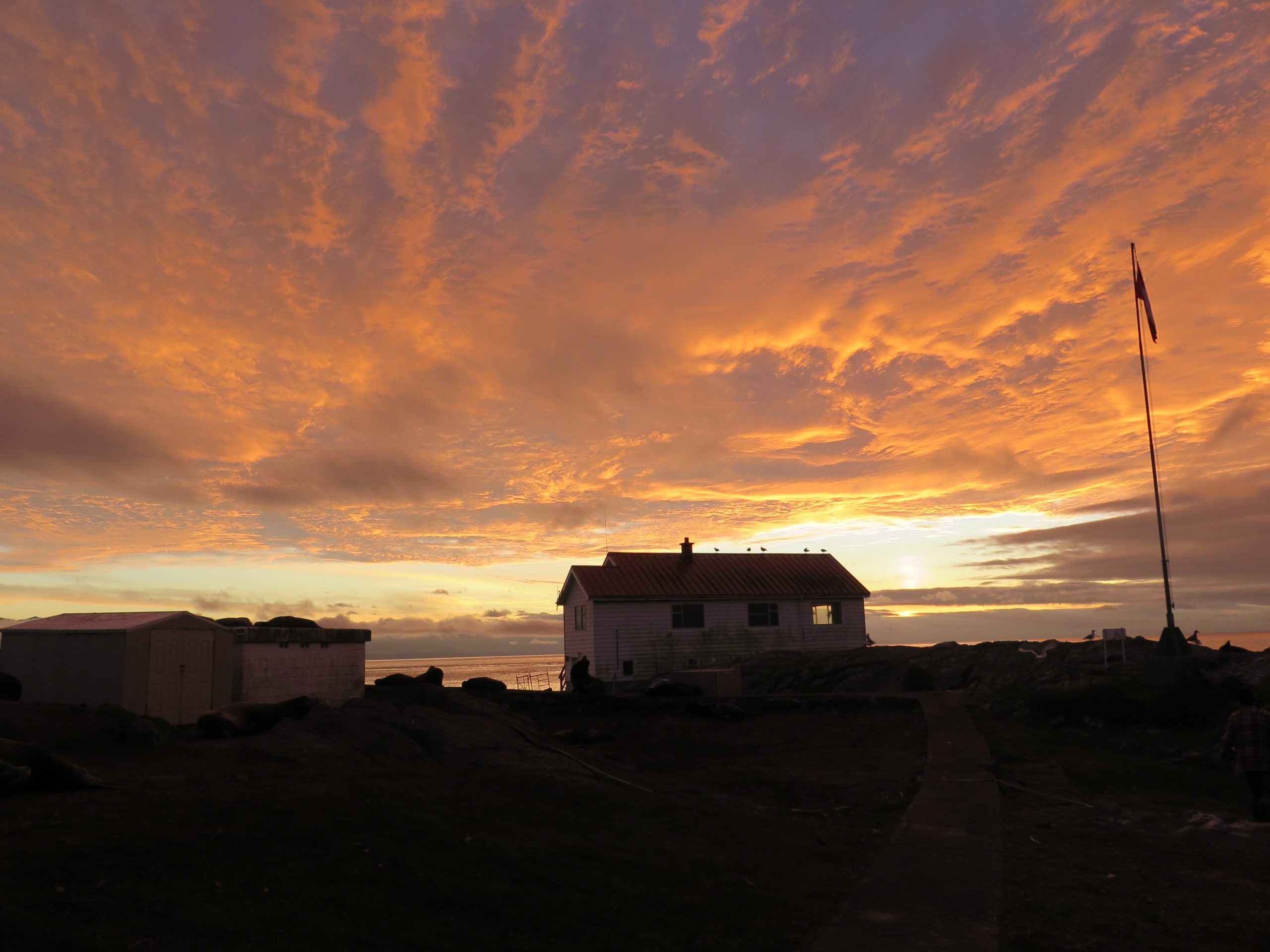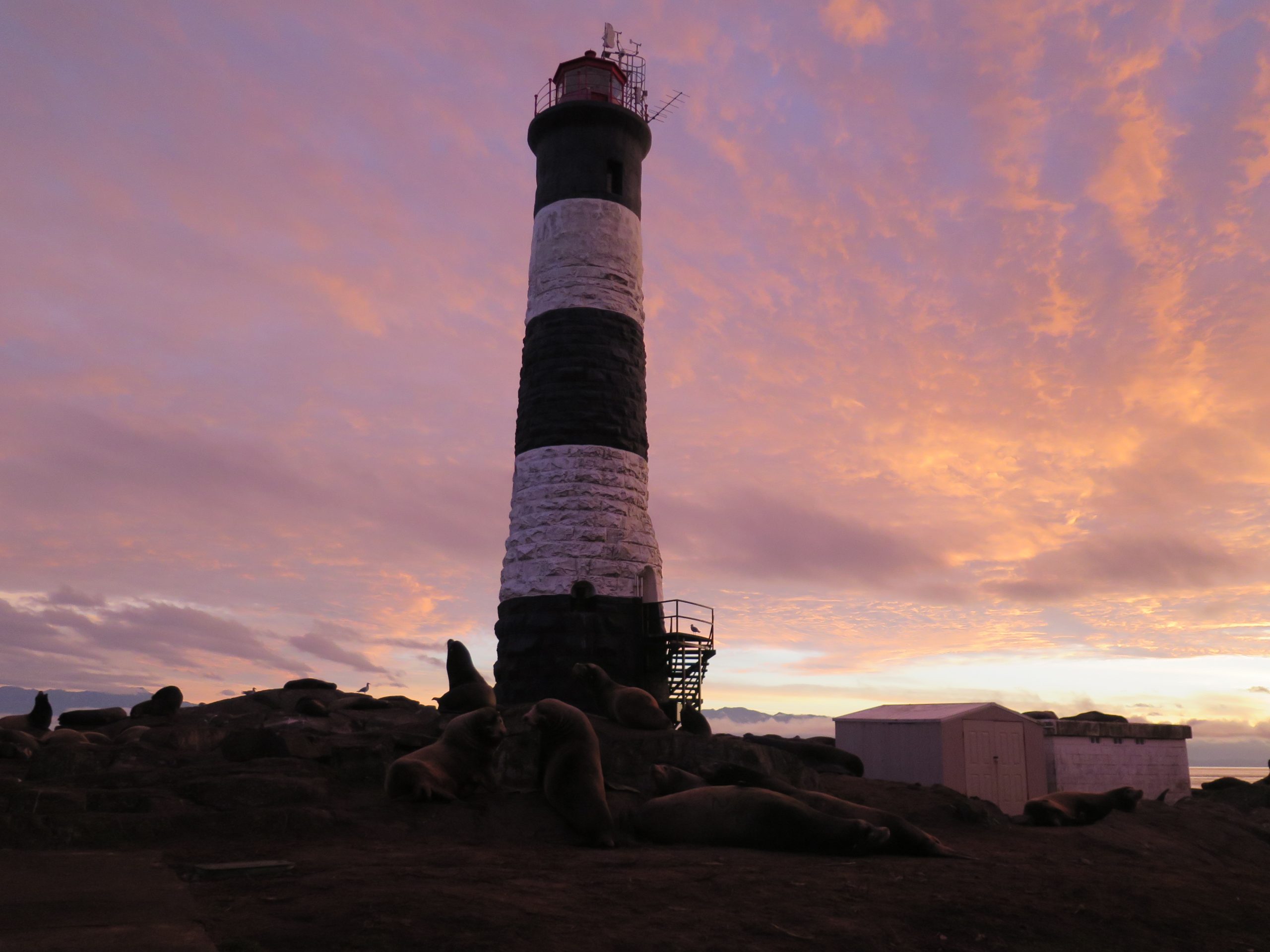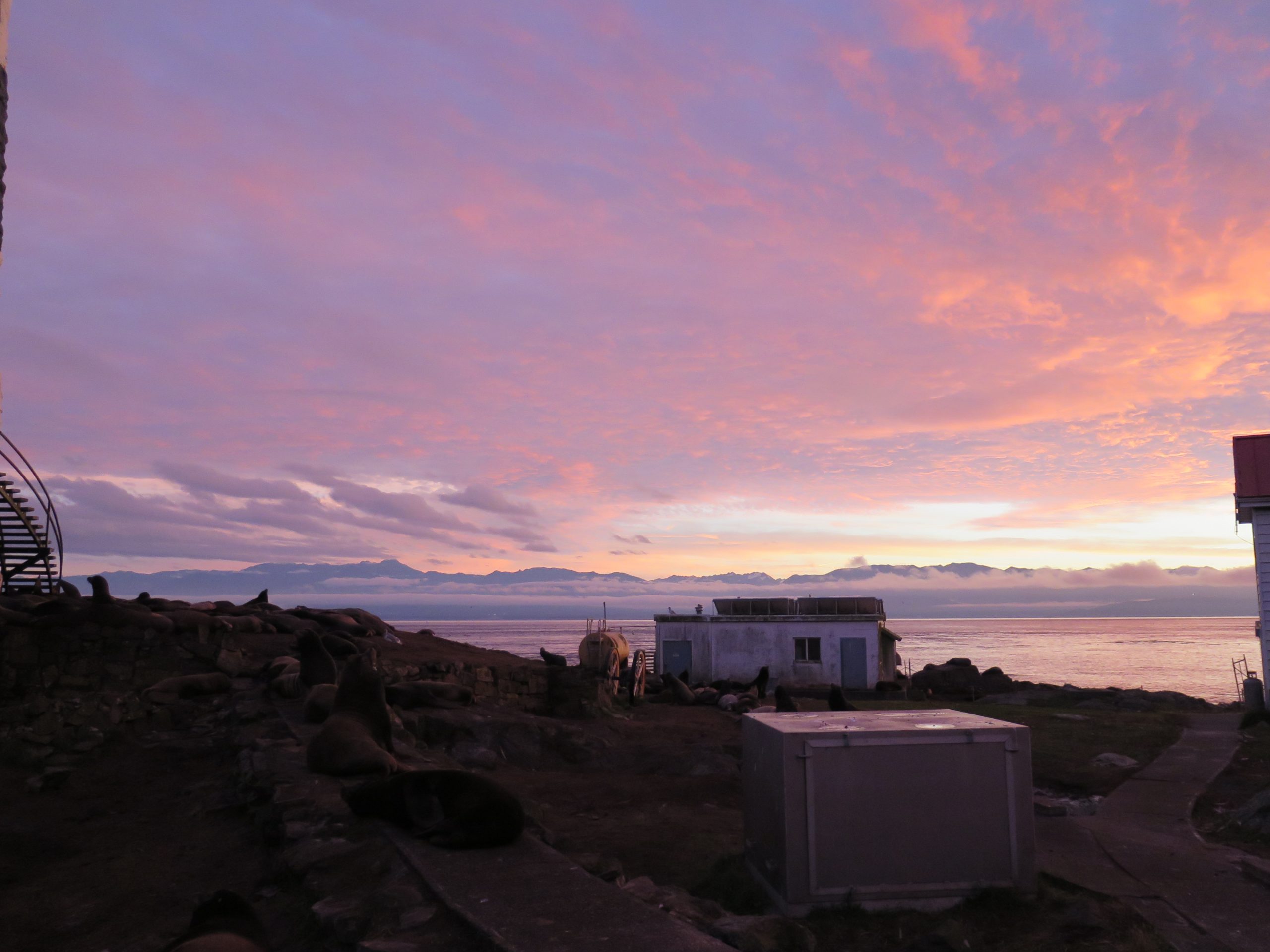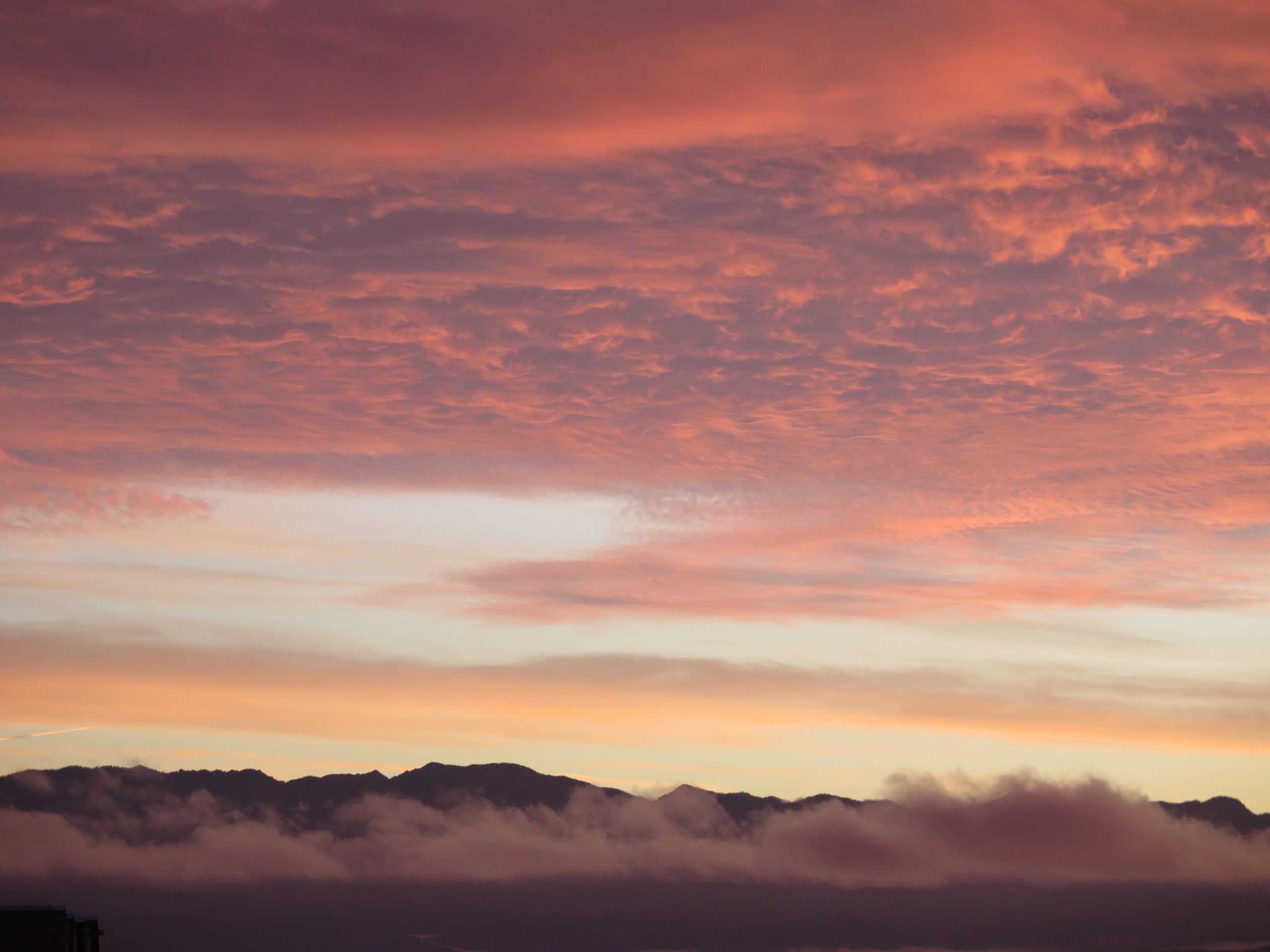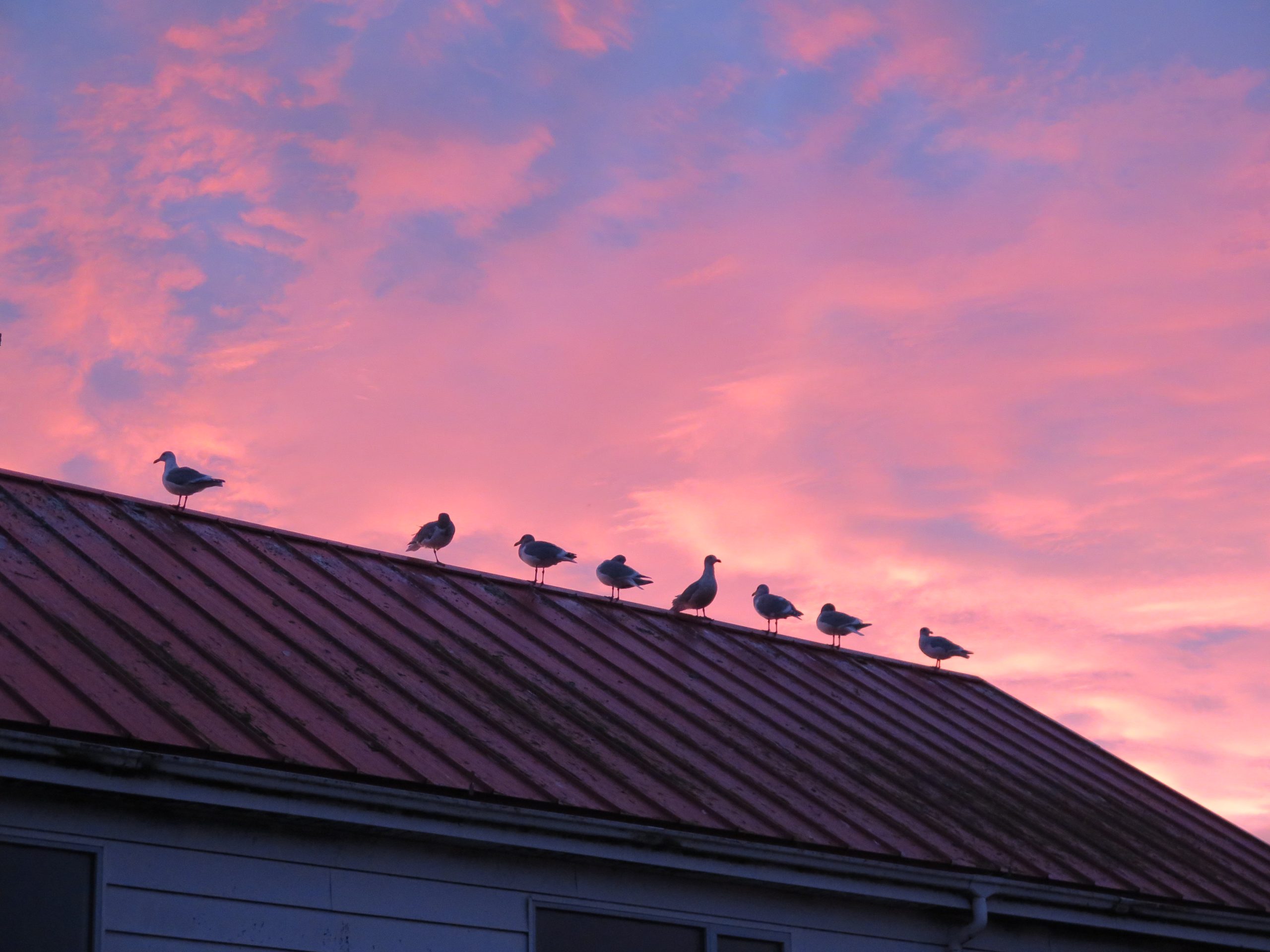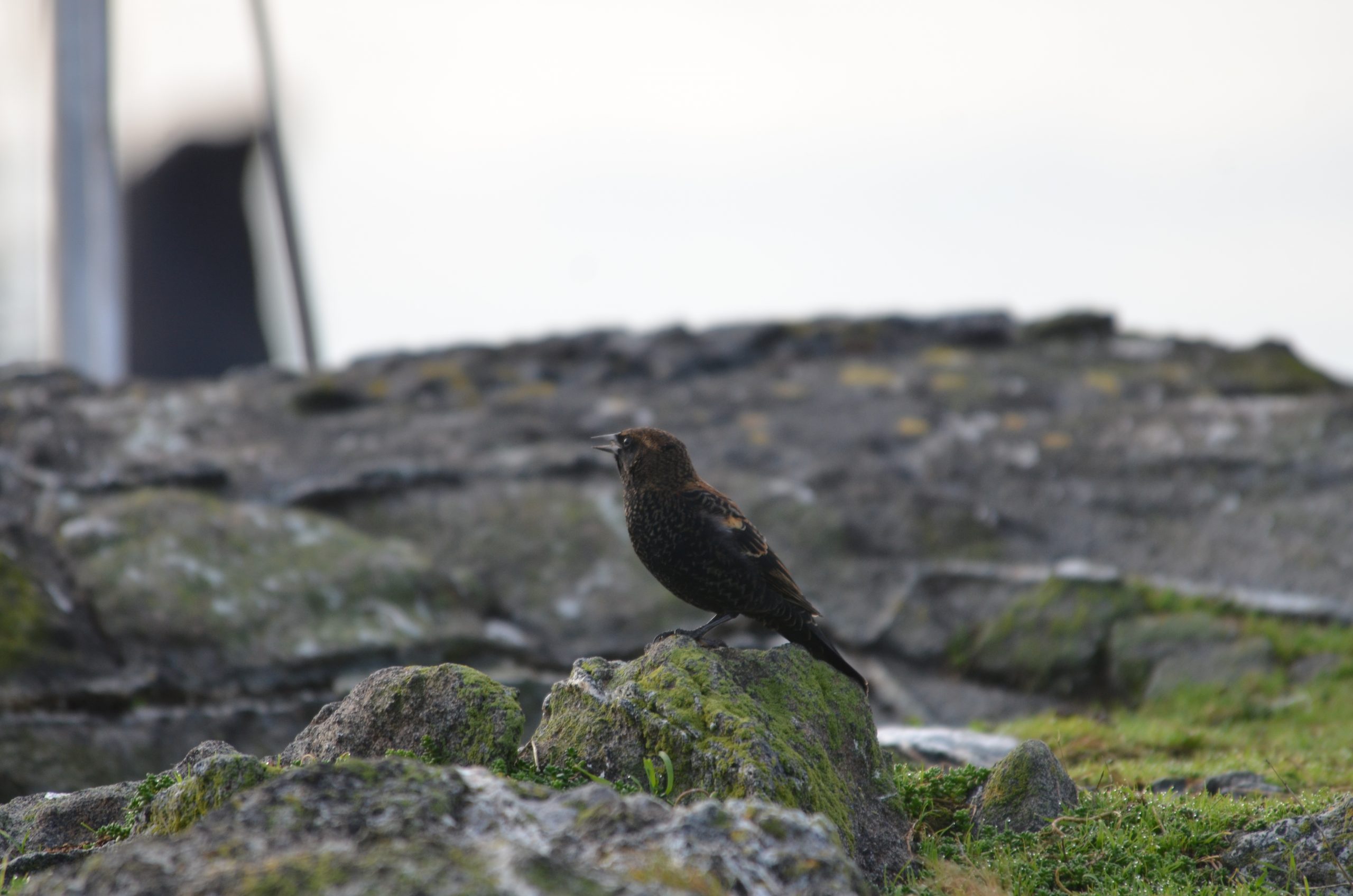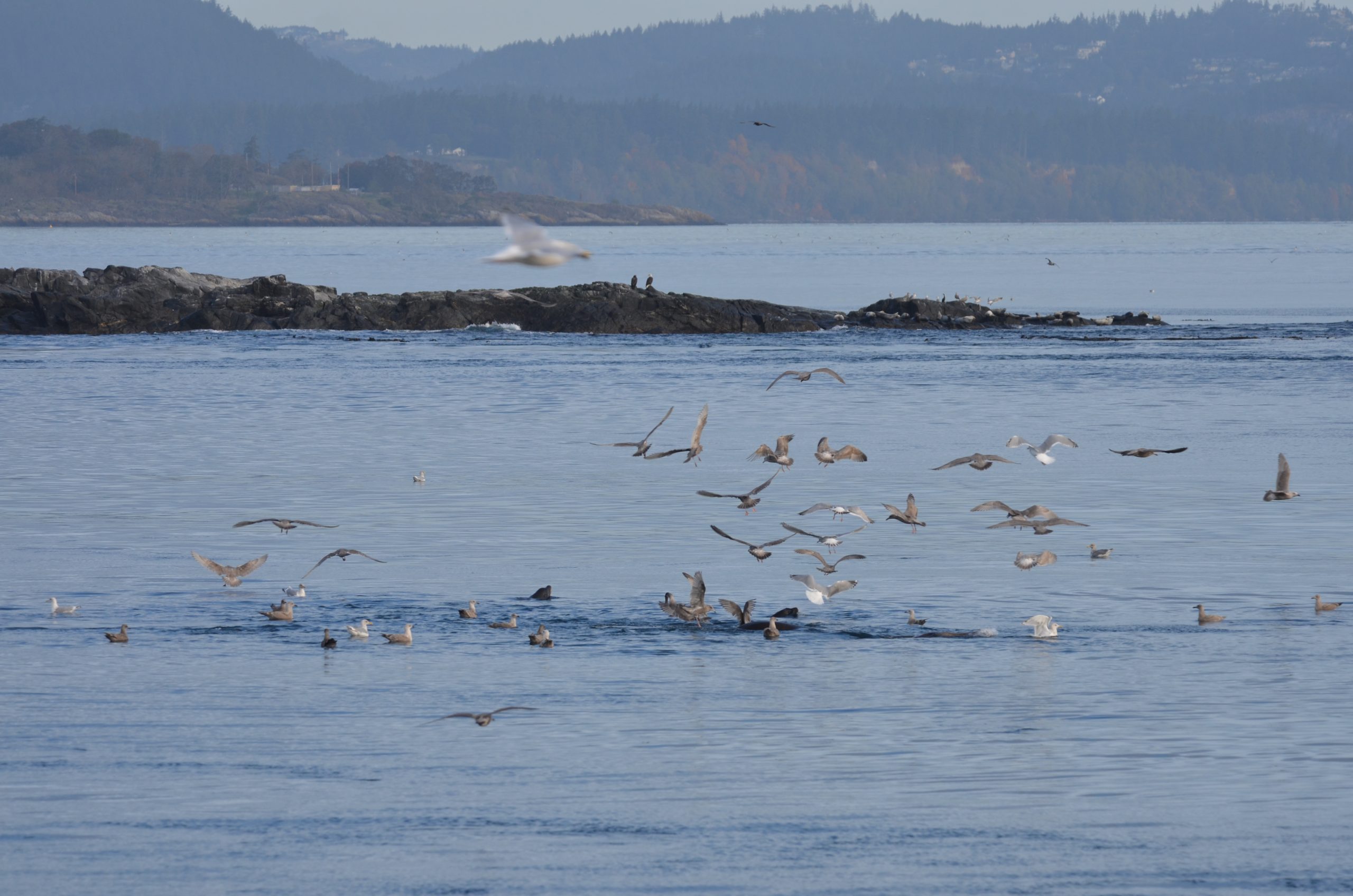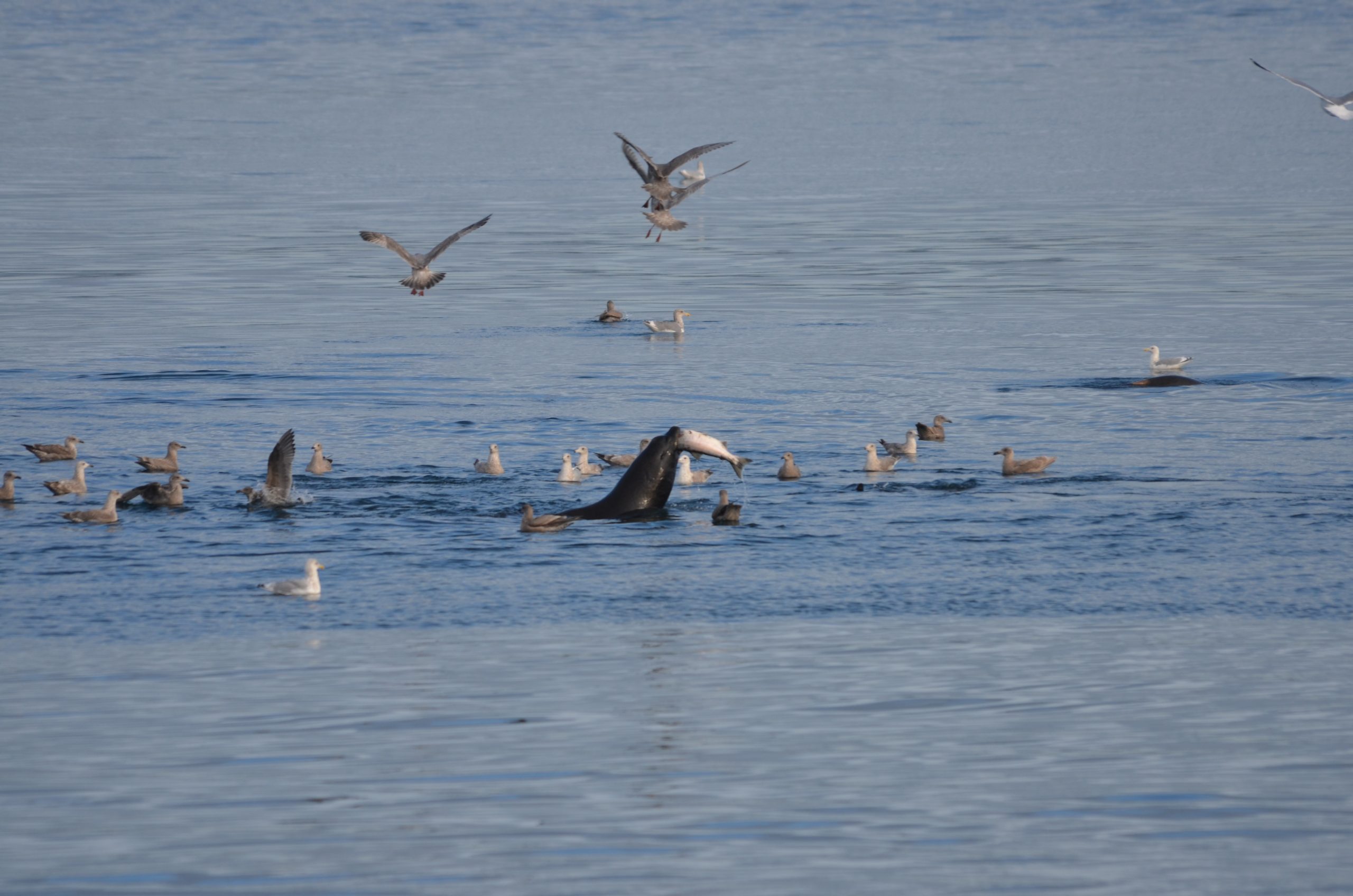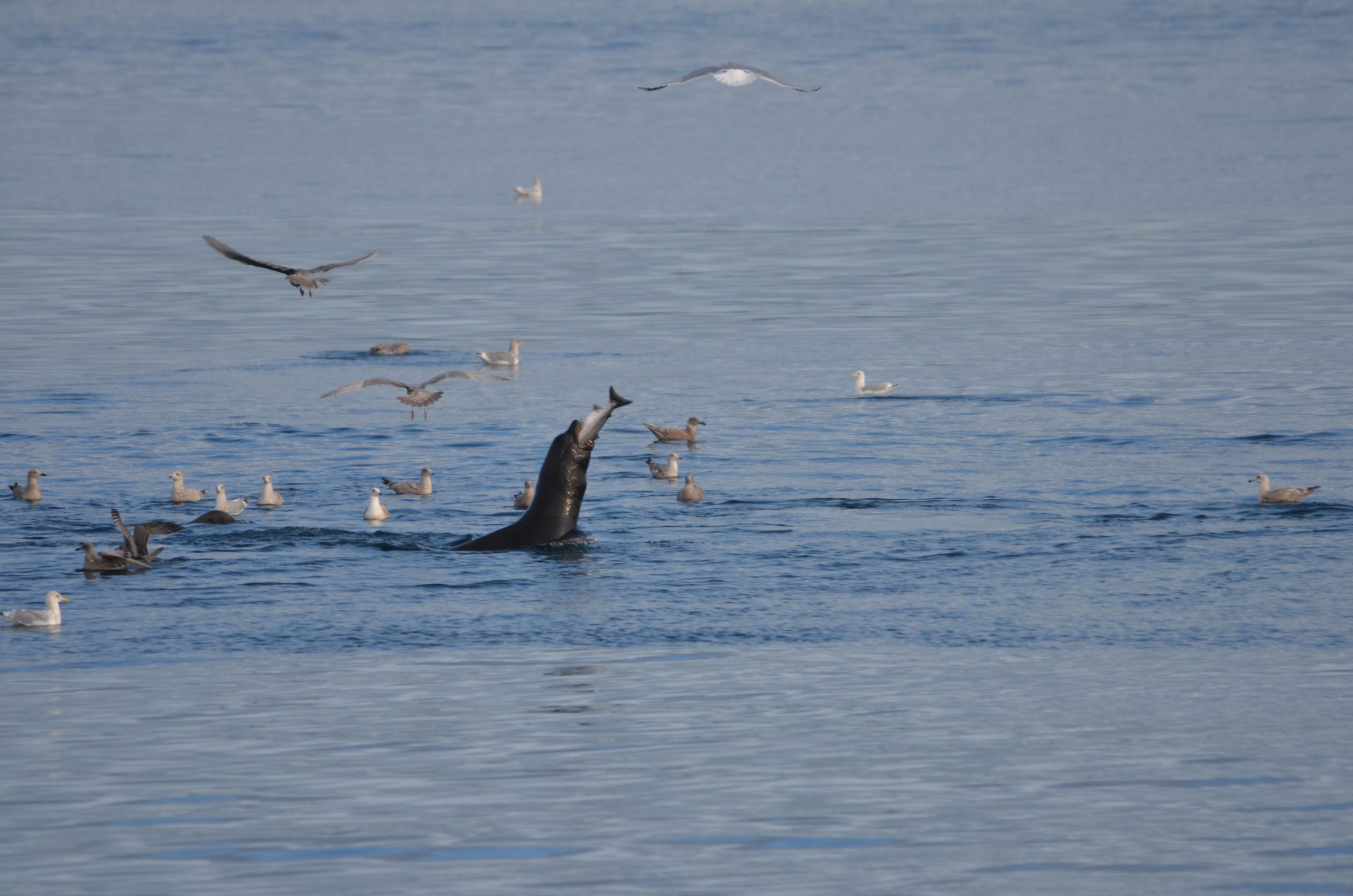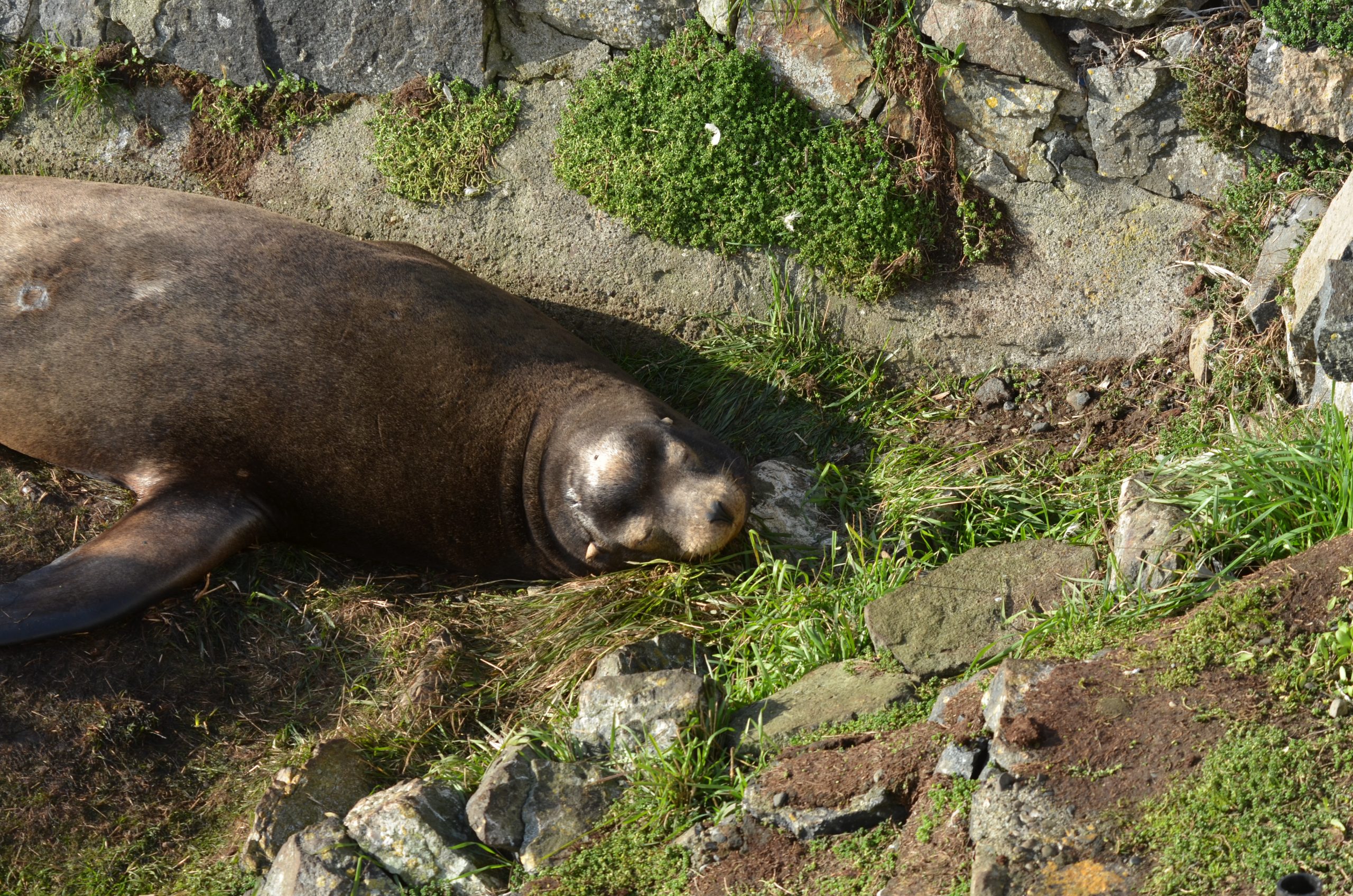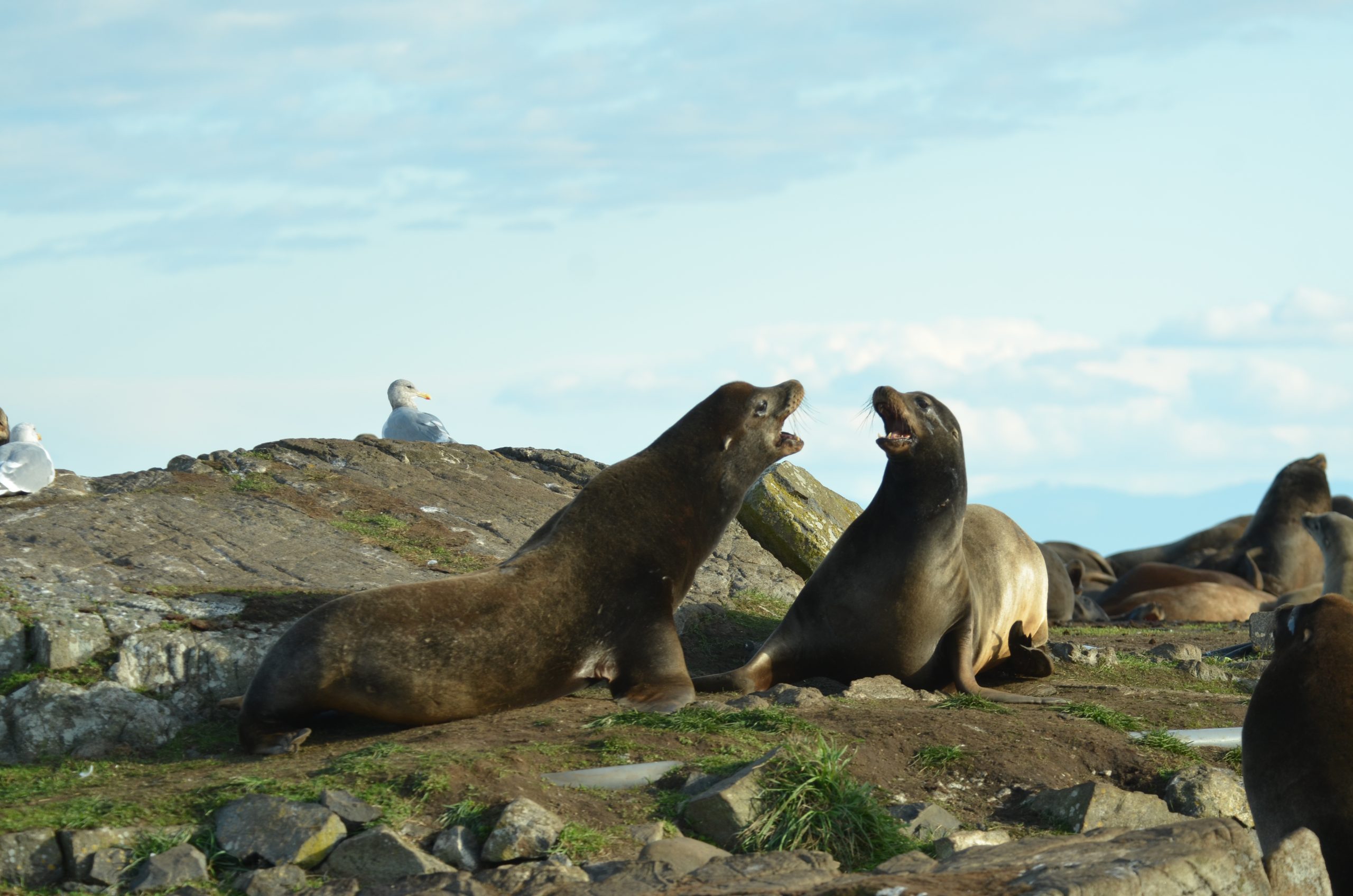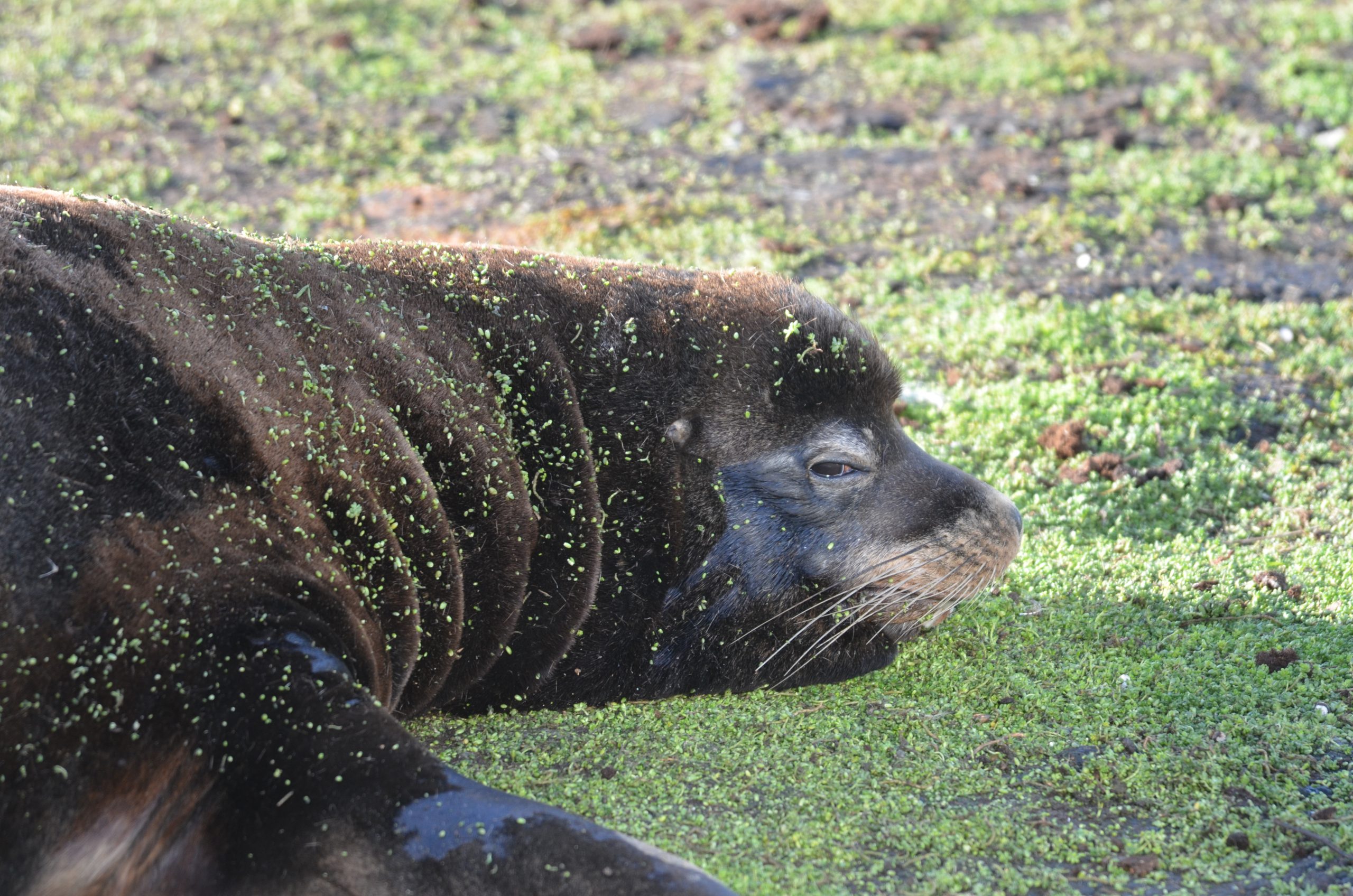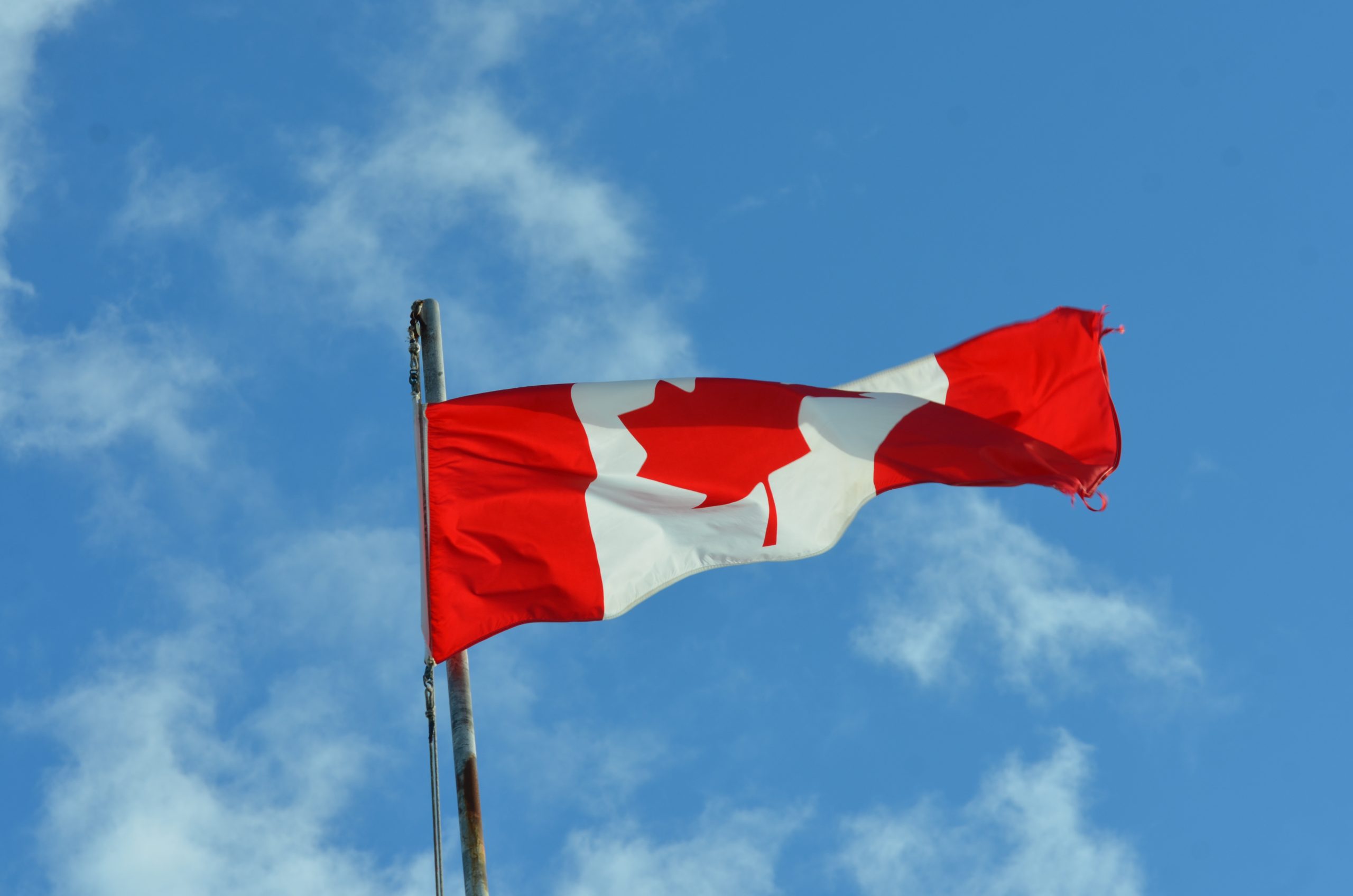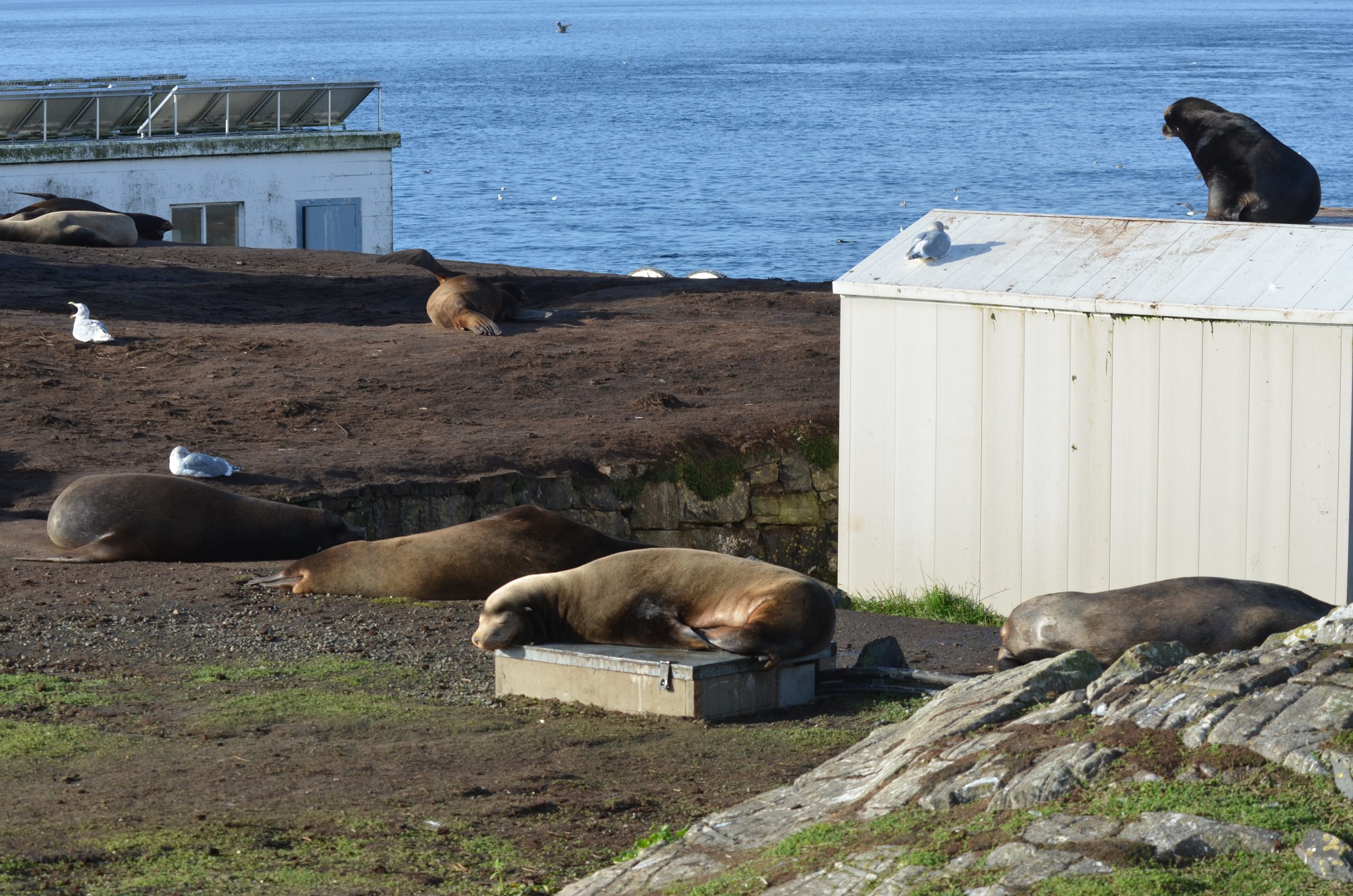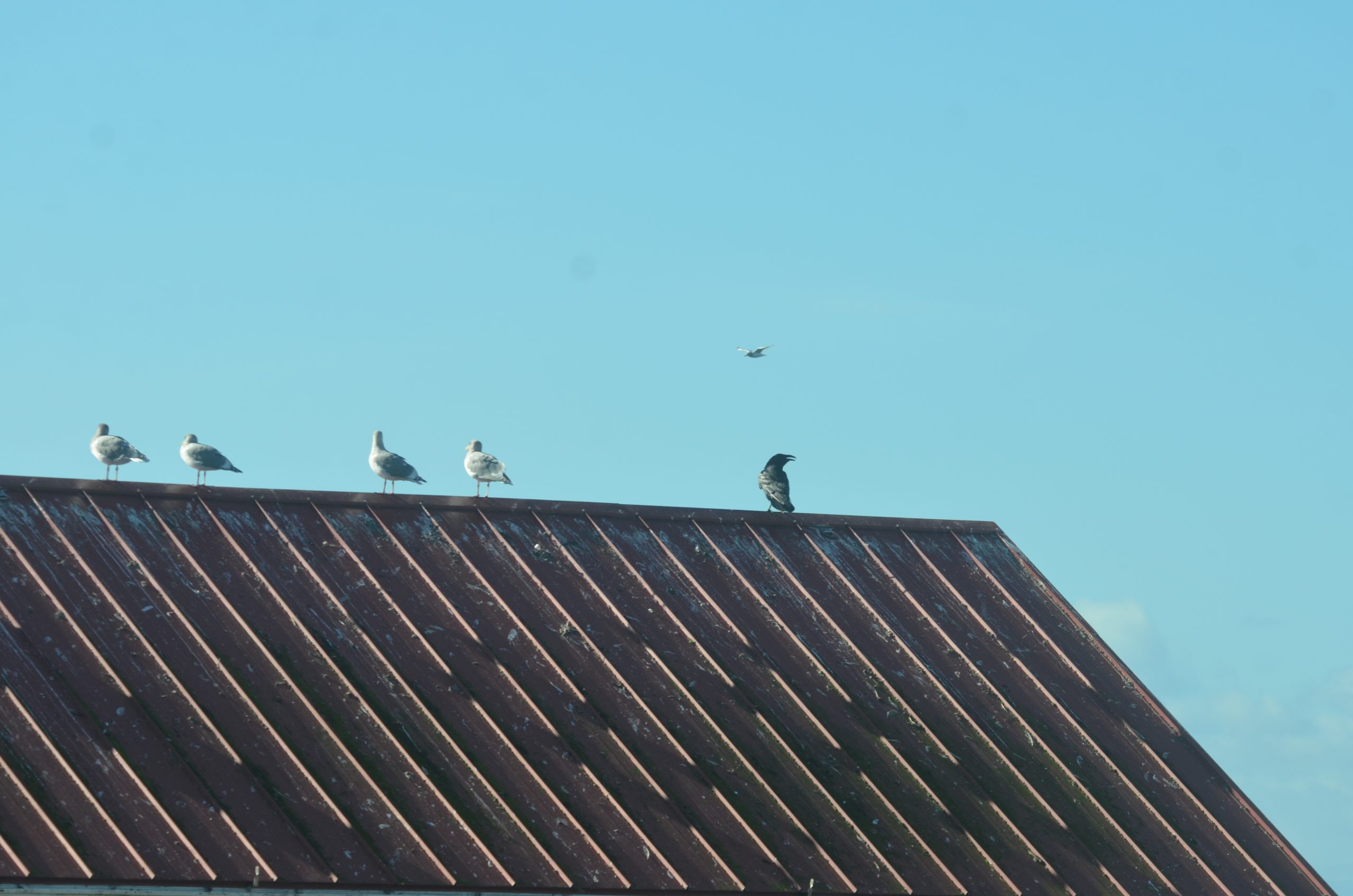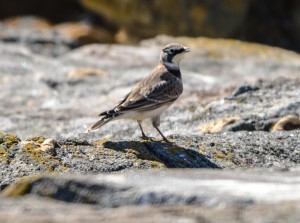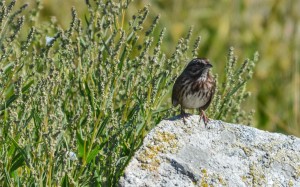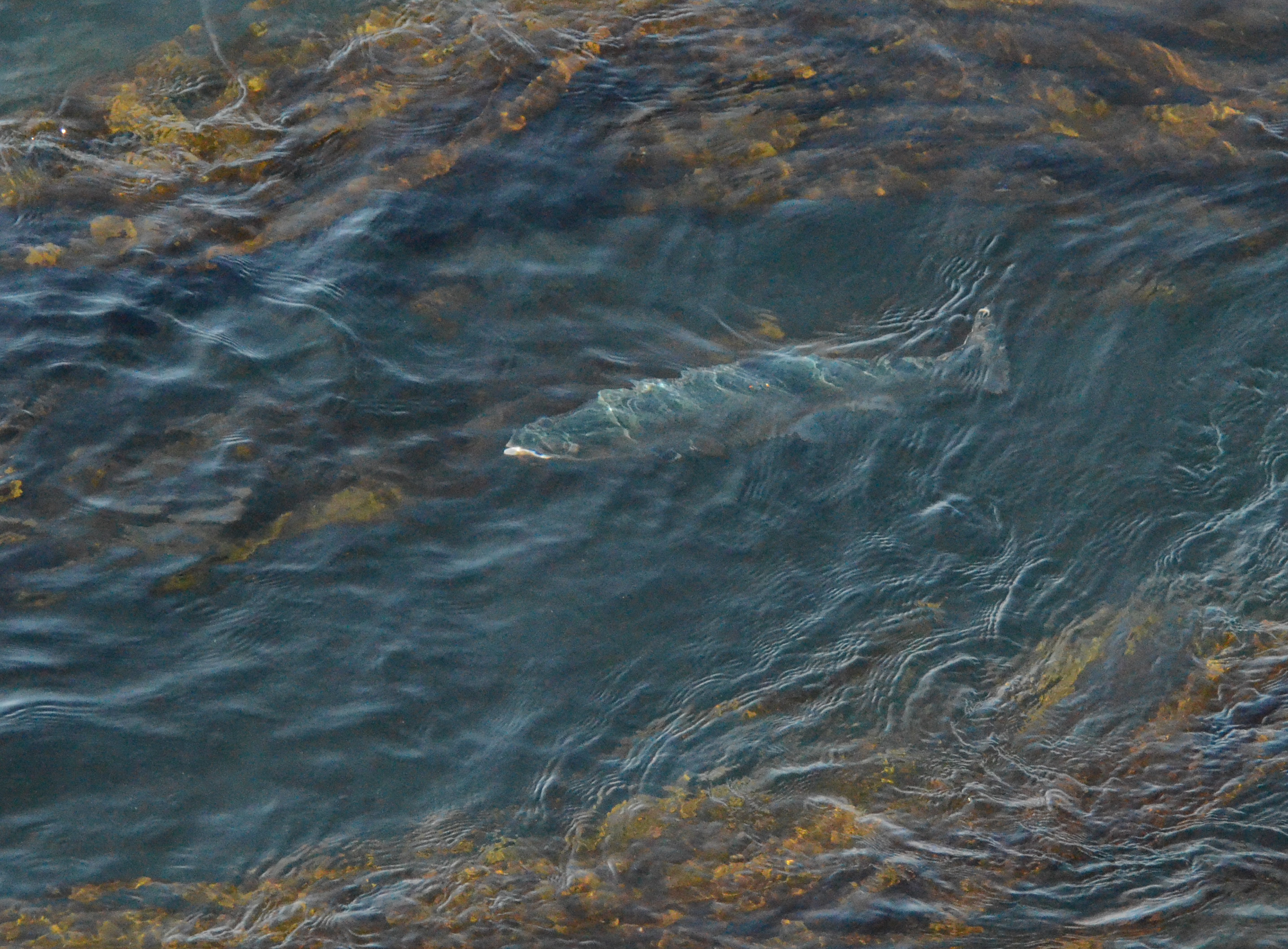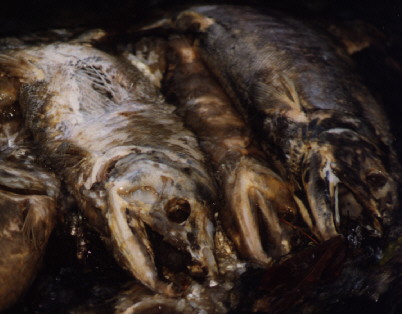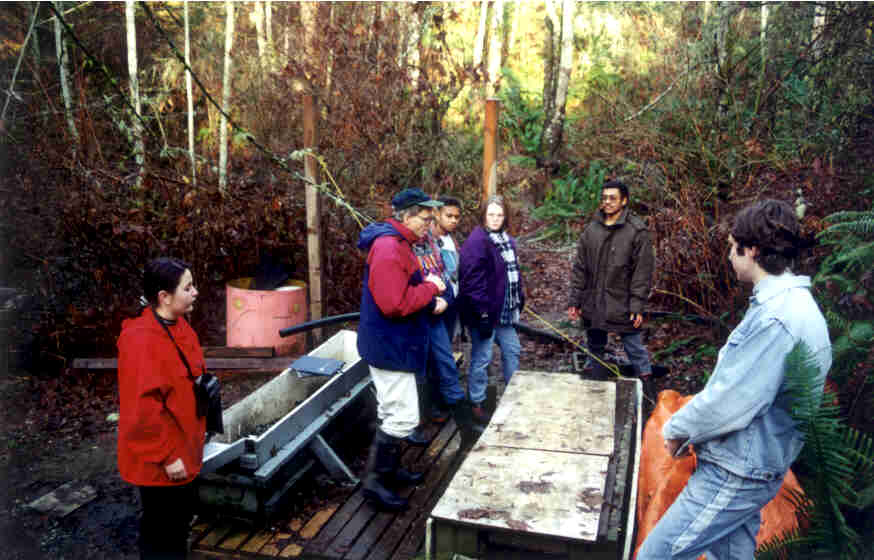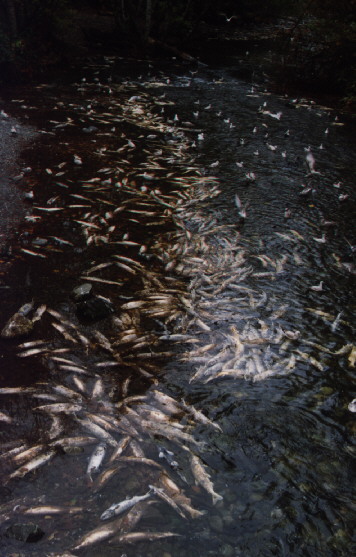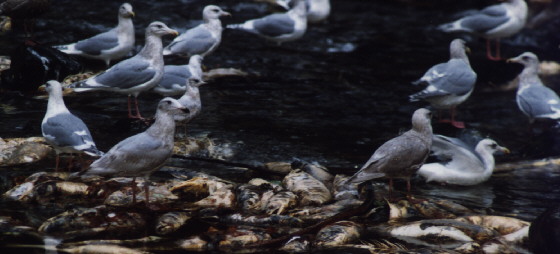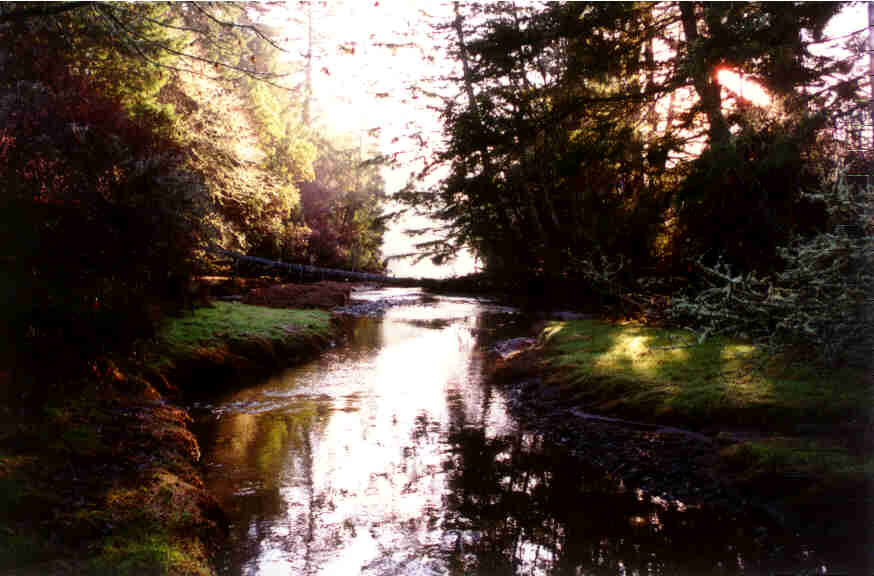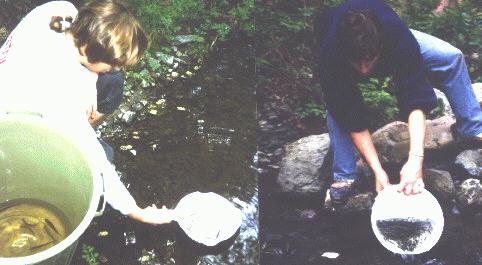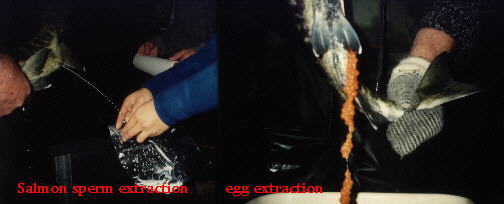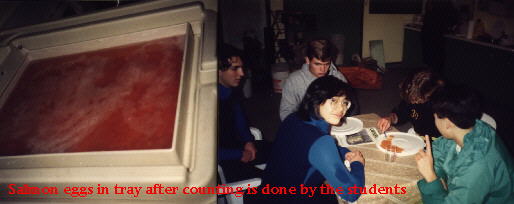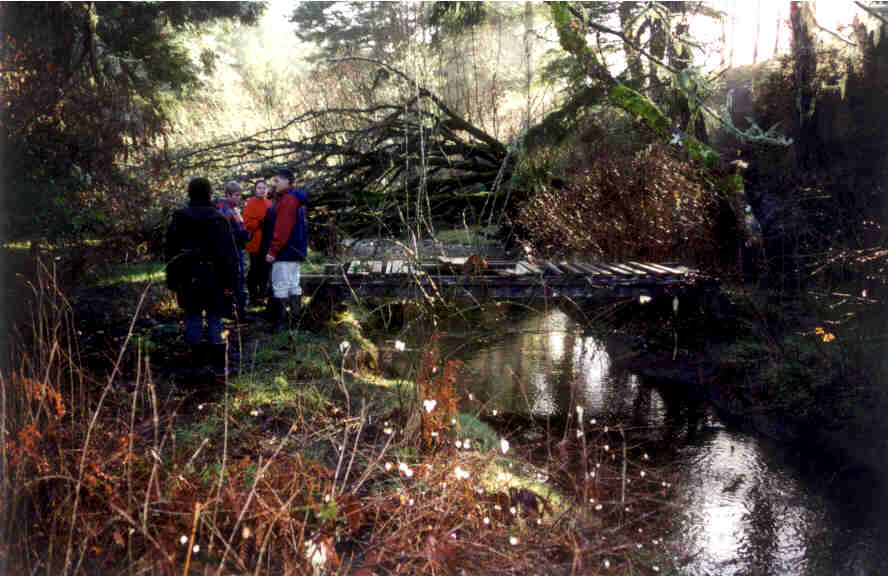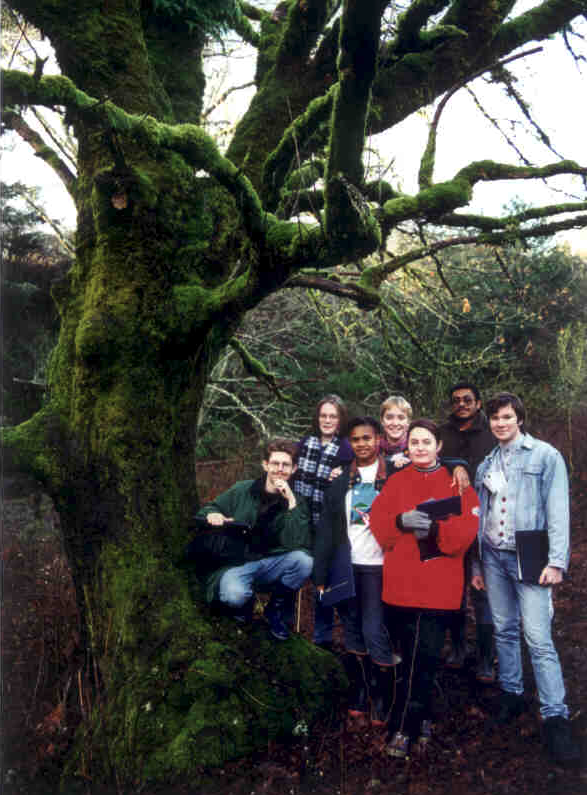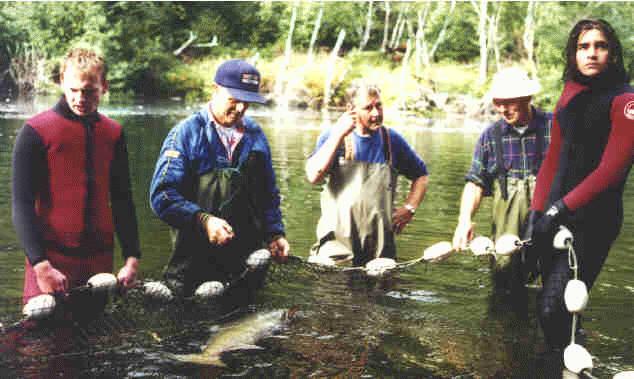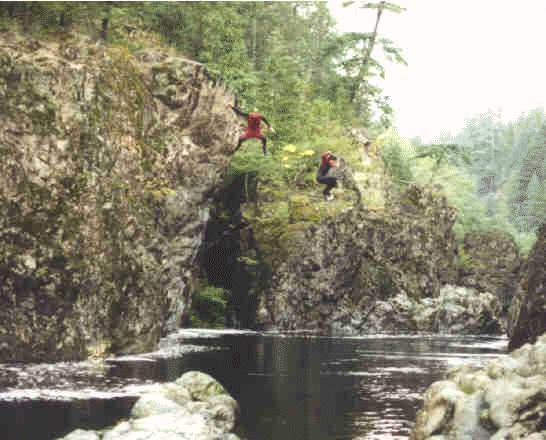Wildlife Notes:
- This morning, I enjoyed watching from the top of the lighthouse as a Steller sea lion feasted on a salmon. See the photos below.
- I caught a glimpse of four brown pelicans flying through the ecological reserve and stopping in the kelp bed near Turbine Rock. I did see one close up this afternoon. They are my favourite bird I get to see here due to their size and rarity in these waters.
- With the permission of DFO (Department of Fisheries and Oceans), the dead Steller sea lion was towed away. The Race Rocks team did not want the carcass to rot in the jetty bay where it hauled out and died on Thursday. The plan was for the dead sea lion to be towed back to Pearson College, so it could be dissected by the Marine Science students. Due to the decomposition, the tow did not work and the carcass was cut loose in deeper water on the east side of the ecological reserve. Now that it has sunk, it is part of the food web.
Facility work:
- Due to rust, the jetty railing at the top of the built in ladder was removed. A new one will be manufactured and brought out soon. I reconfigured the electric fence at the end of the jetty to ward off the sea lions. After all, they do have so many rocks they can use.
- This afternoon, I took the Race Rocks station boat out for a leisurely tour around the ecological reserve. The boat ran well. I tested everything a couple weeks ago and was waiting for a good tide and current combination to take it out beyond the jetty. My attempt on Thursday was thwarted when the dead sea lion was blocking the boat ramp. Today, I enjoyed seeing the various smaller islands around the ecological reserve and vantages that I do not often see from Great Race Rocks.
Vessels:
- Ecotourism: 18
- Private: 8
Weather:
- Sky: partly cloudy
- Wind: west and southwest 5-15 knots
- Sea: rippled
- Air temperature: low 12 °C, high 19 °C
- Seawater temperature at max flood: 11.7°C
Photos from today:
- California sea lions are not known for their above reproach personal hygiene. These fellas have made quite a mess of the helipad in the past few days.
- Precarious perch for a harbour seal
- Pigeon guillemots
- Steller sea lion with a salmon feast (1)
- Steller sea lion with a salmon feast (2)
- Steller sea lion shaking the salmon to rip it apart
- Gulls managed to get some scraps of the salmon.
- Towing the dead Steller sea lion away from Race Rocks after getting permission from DFO.
Photos from this afternoon’s trip in the Race Rocks station boat:
- Getting ready to untie the station boat from the jetty to tootle around the ecological reserve.
- View of Great Race Rocks from the south
- Some of the sea lions that are usually out of sight for me behind the helicopter pad.
- View from behind the West Rocks looking towards Great Race Rocks
- Napping Steller sea lion on the West Rocks
- Brown pelican and a much smaller gull
- View of Great Race Rocks from the North Islands.
- Looking over Turbine Rock (covered in sea lions) to Great Race Rocks it is hard to distinguish the separation of the channel in between.
- A different view for me looking south towards Turbine Rock covered with sea lions.
- Retrieving the station boat with the winch up the boat ramp
*All wildlife photos are taken at the furthest distance possible, and may be cropped to improve detail.

